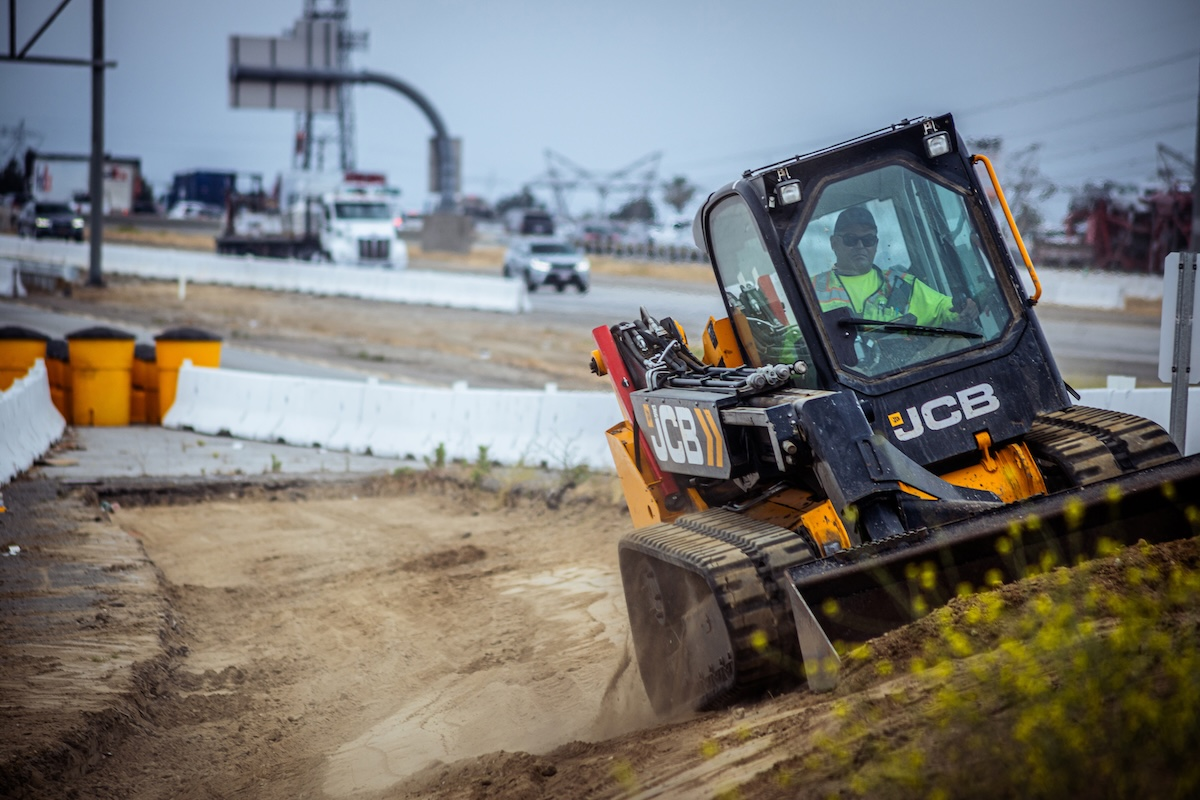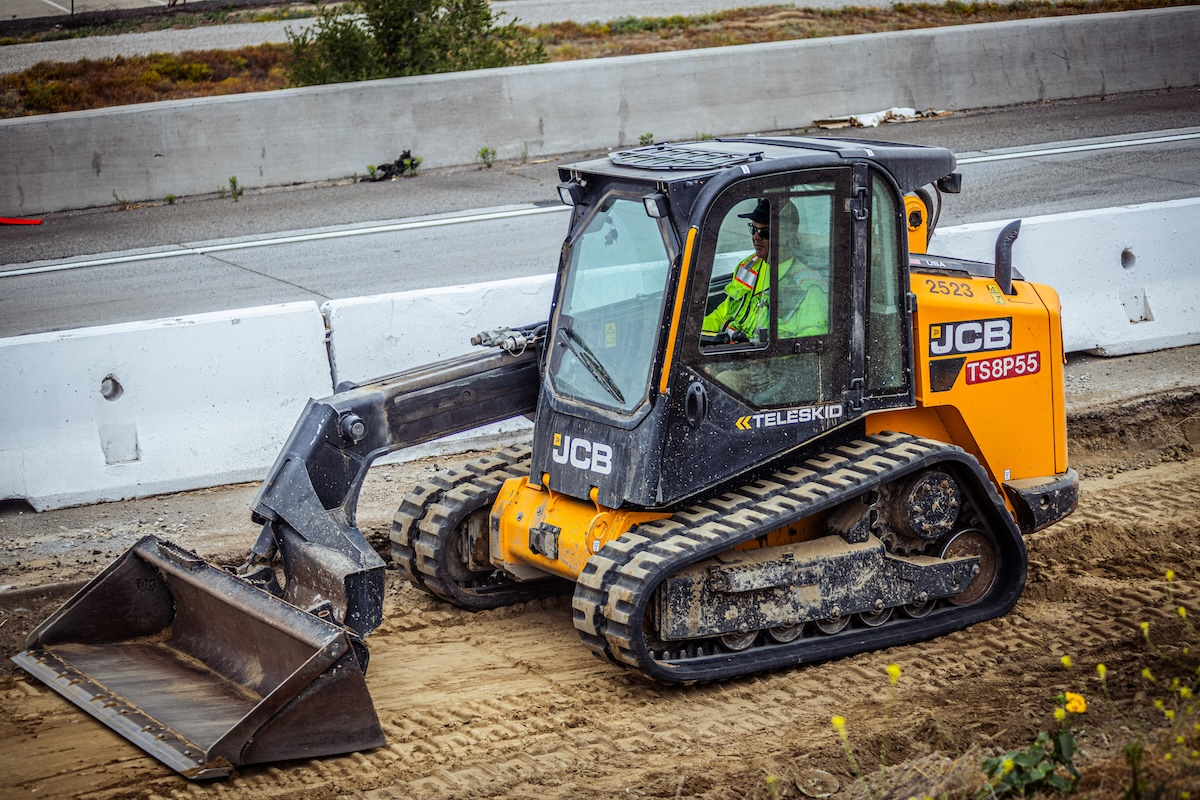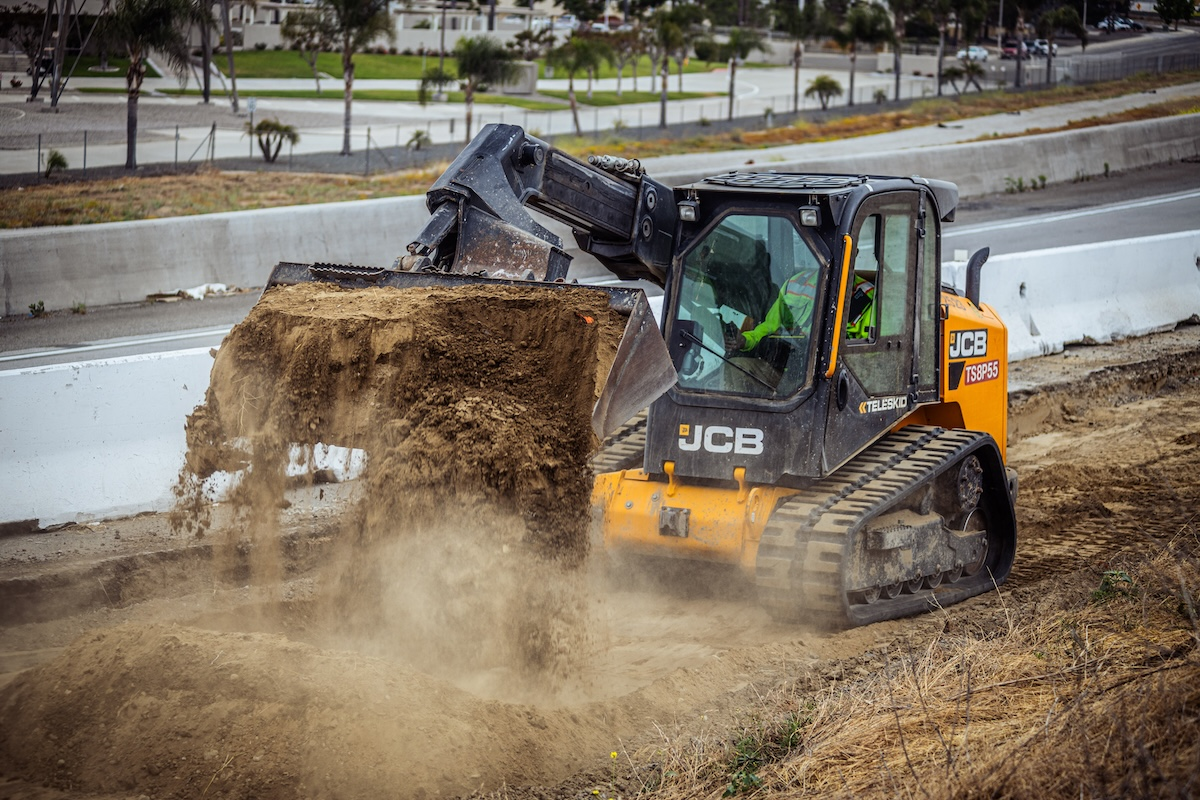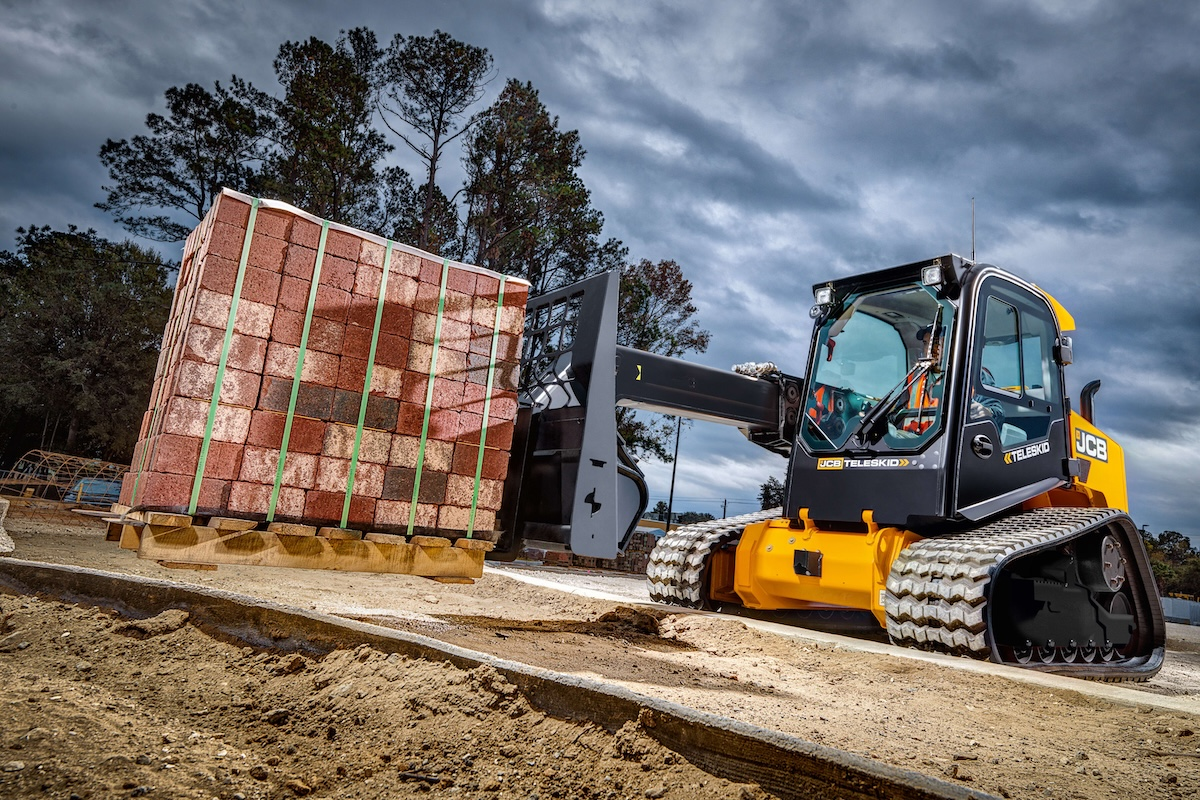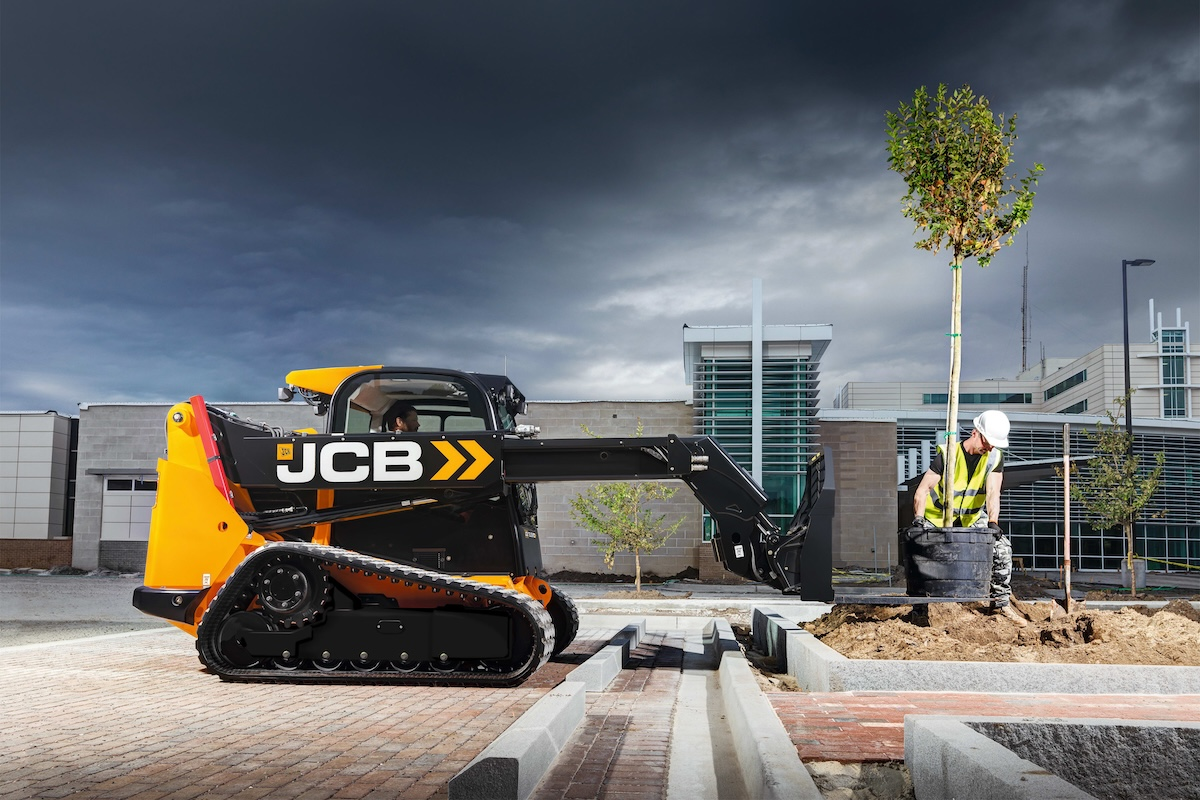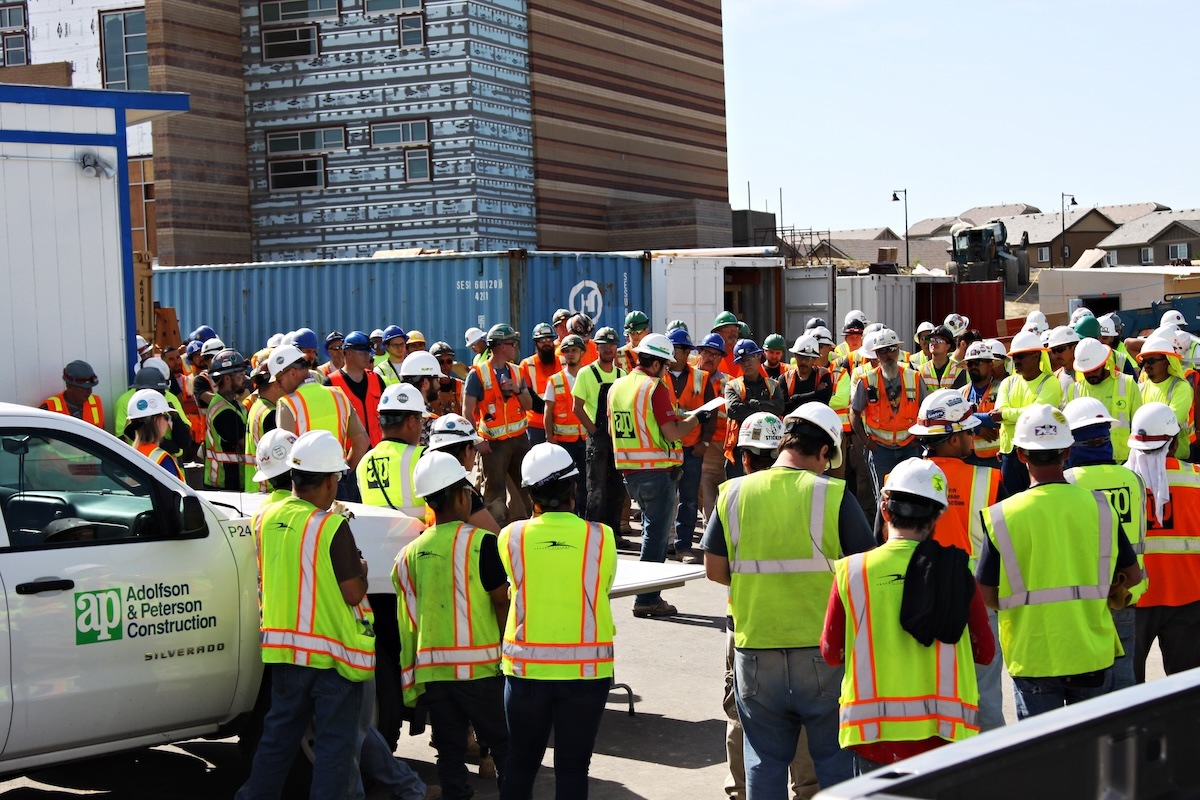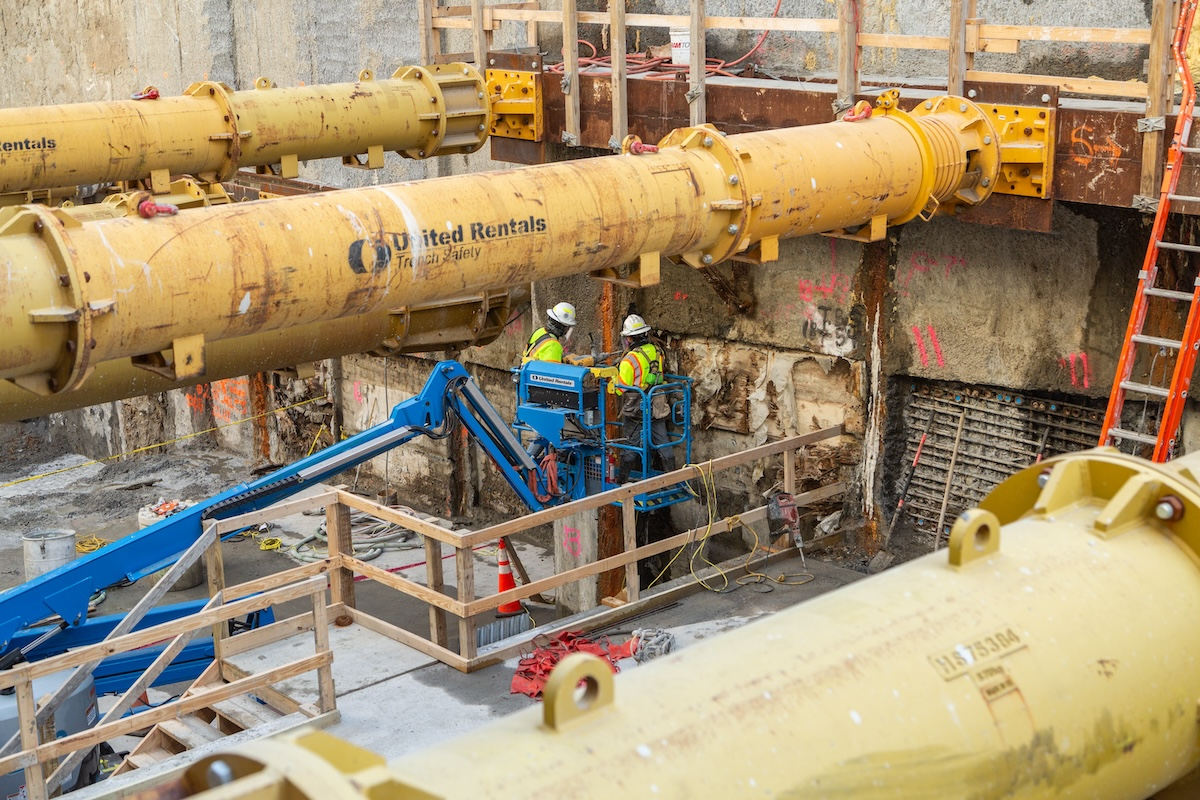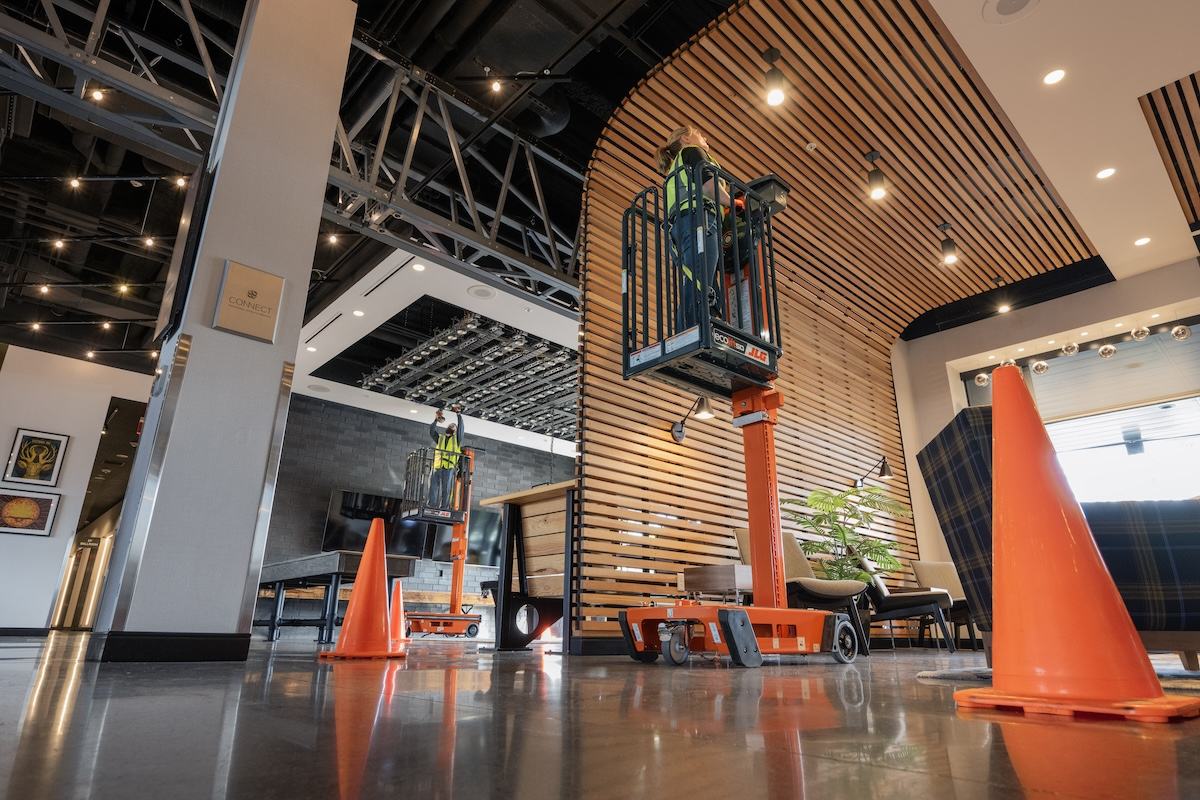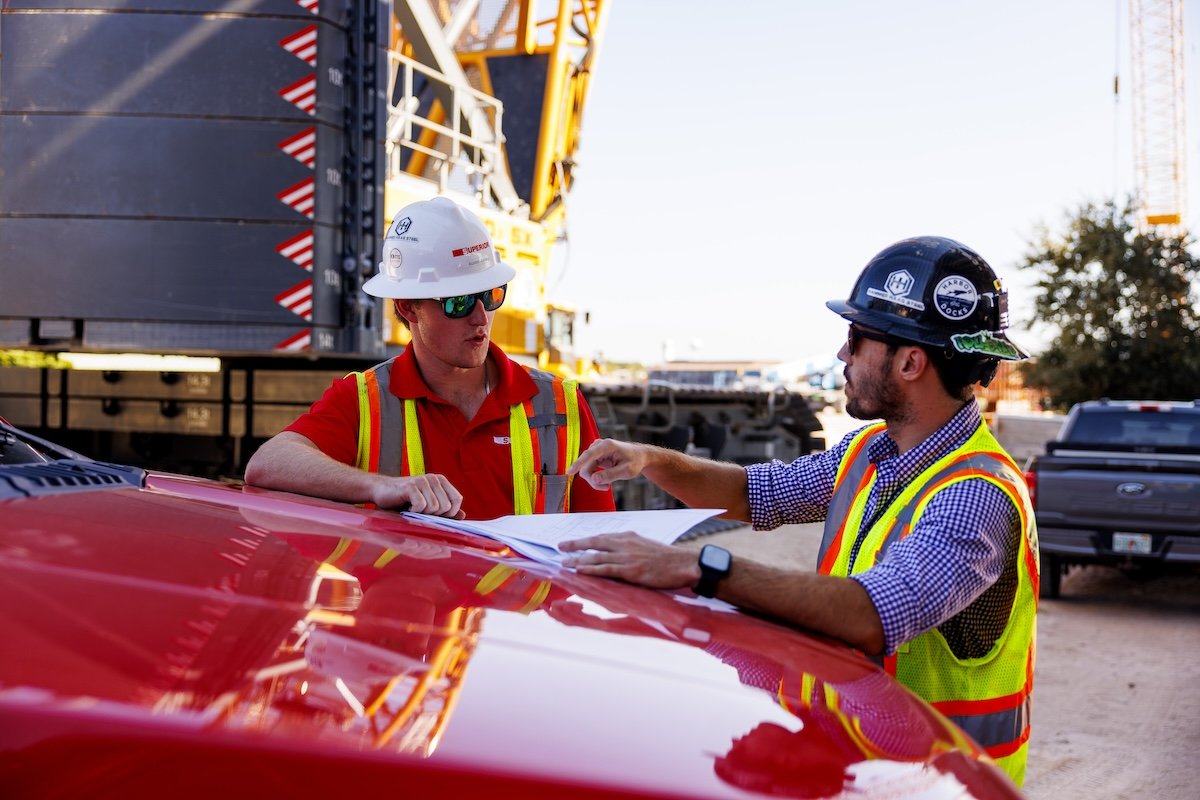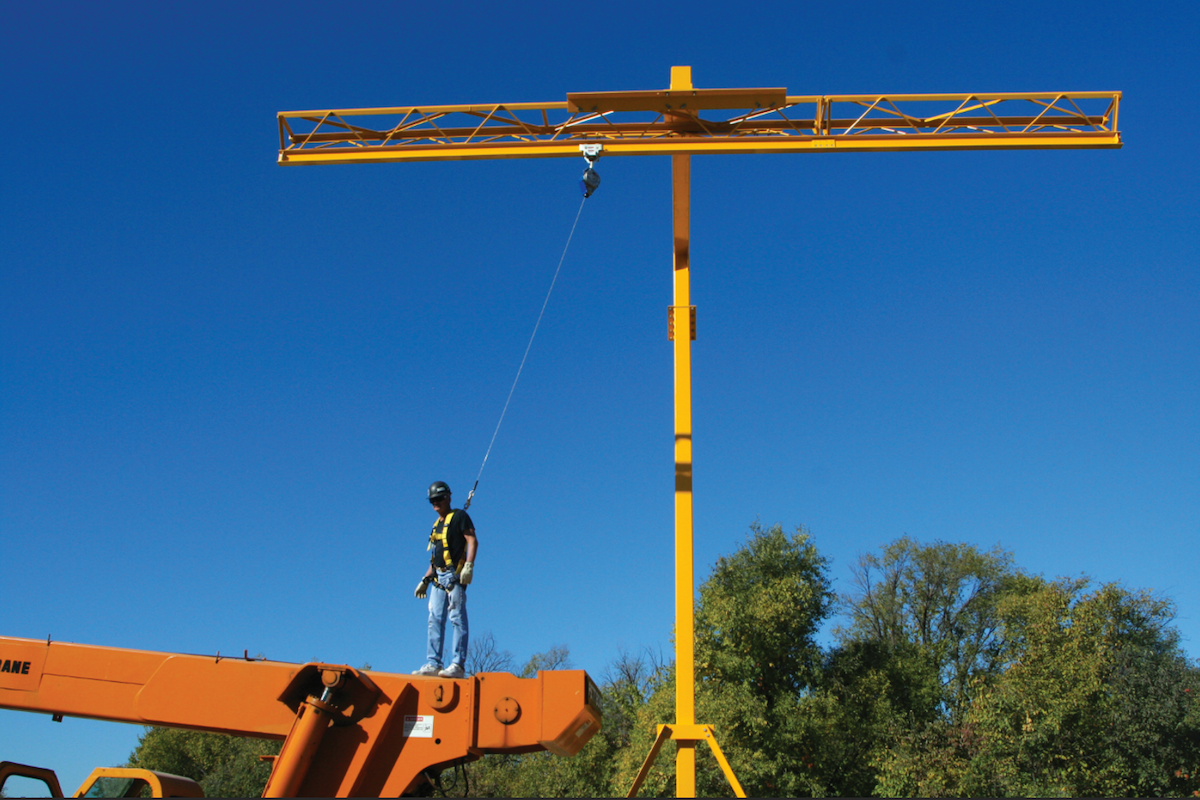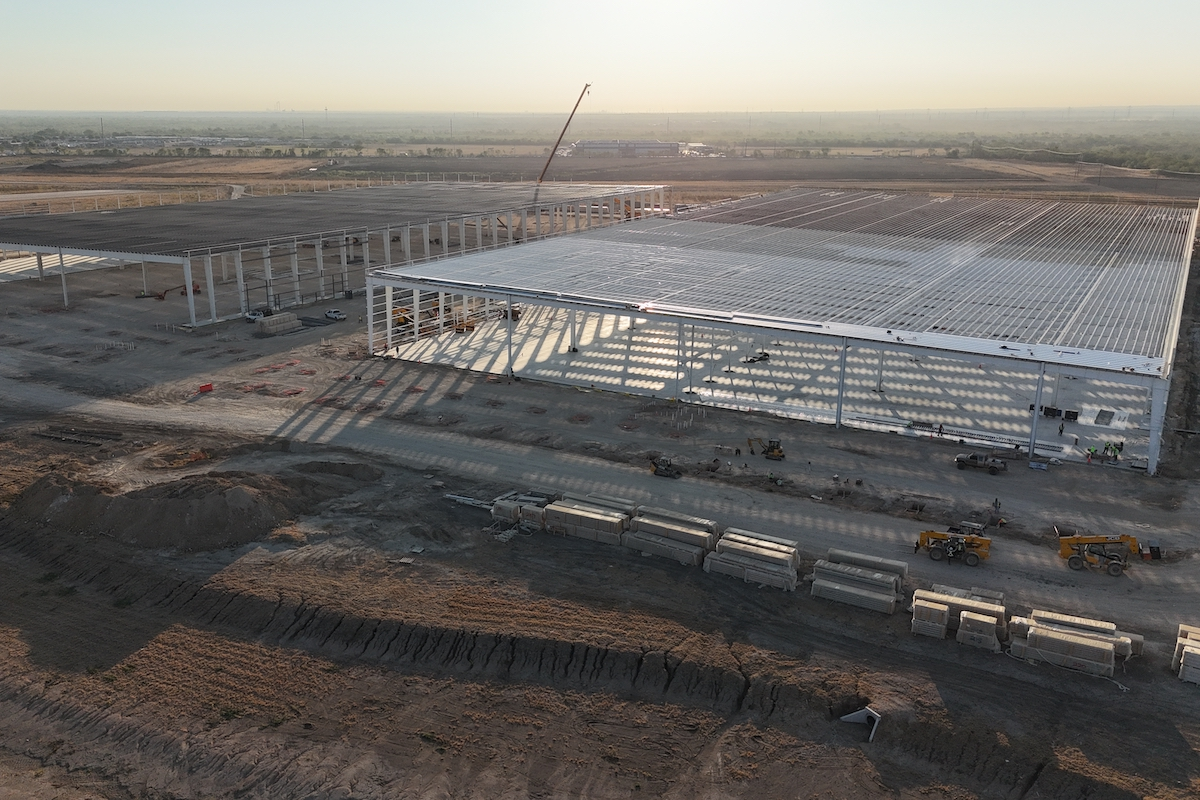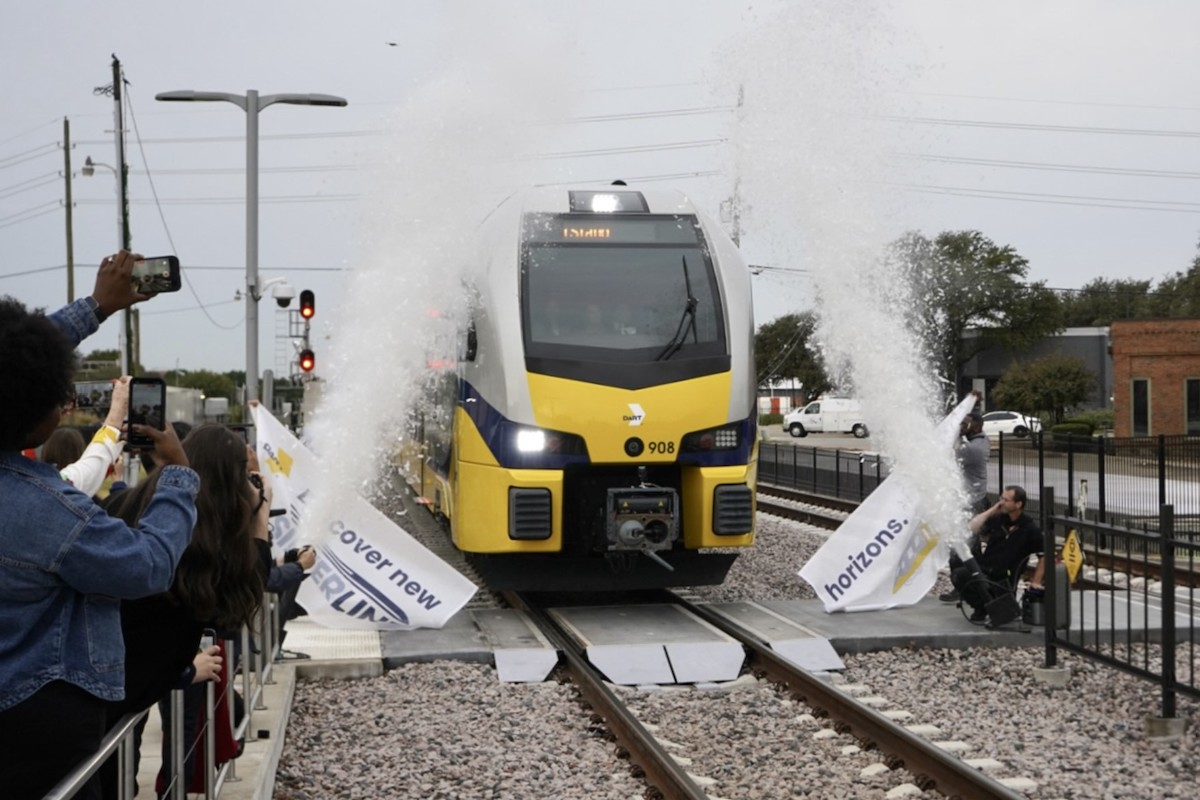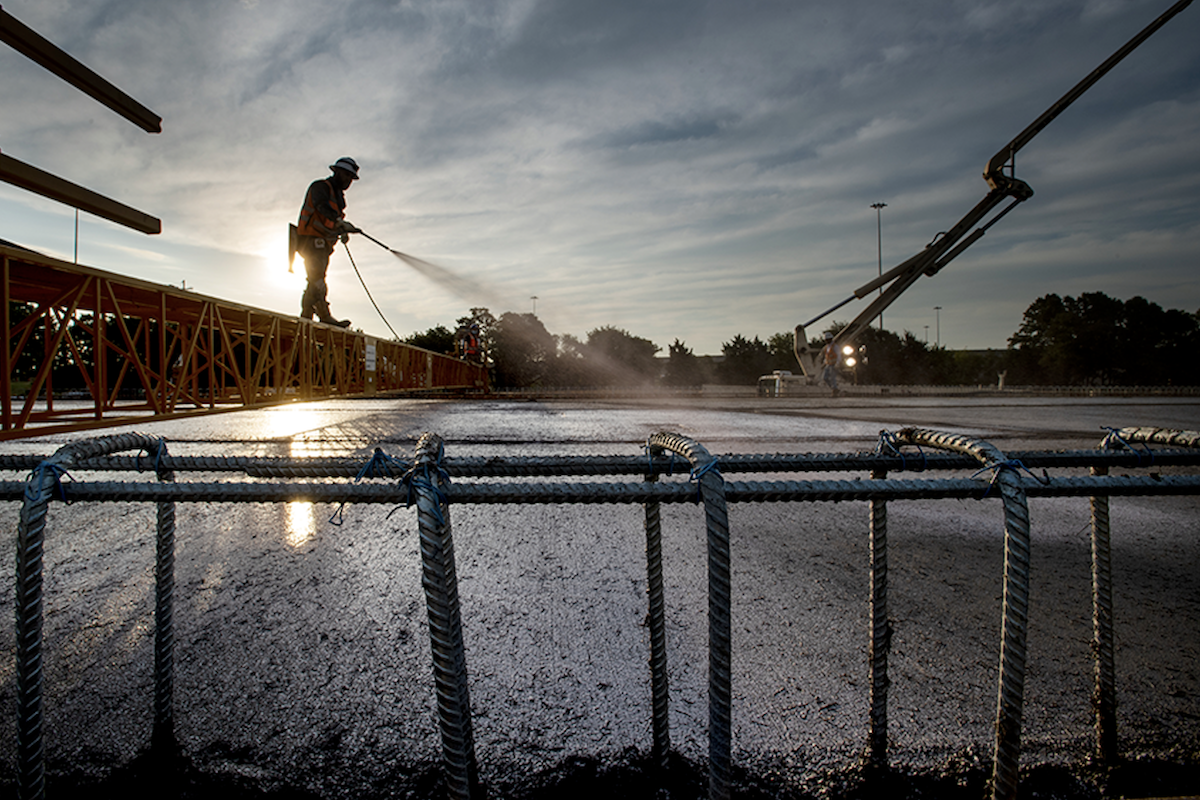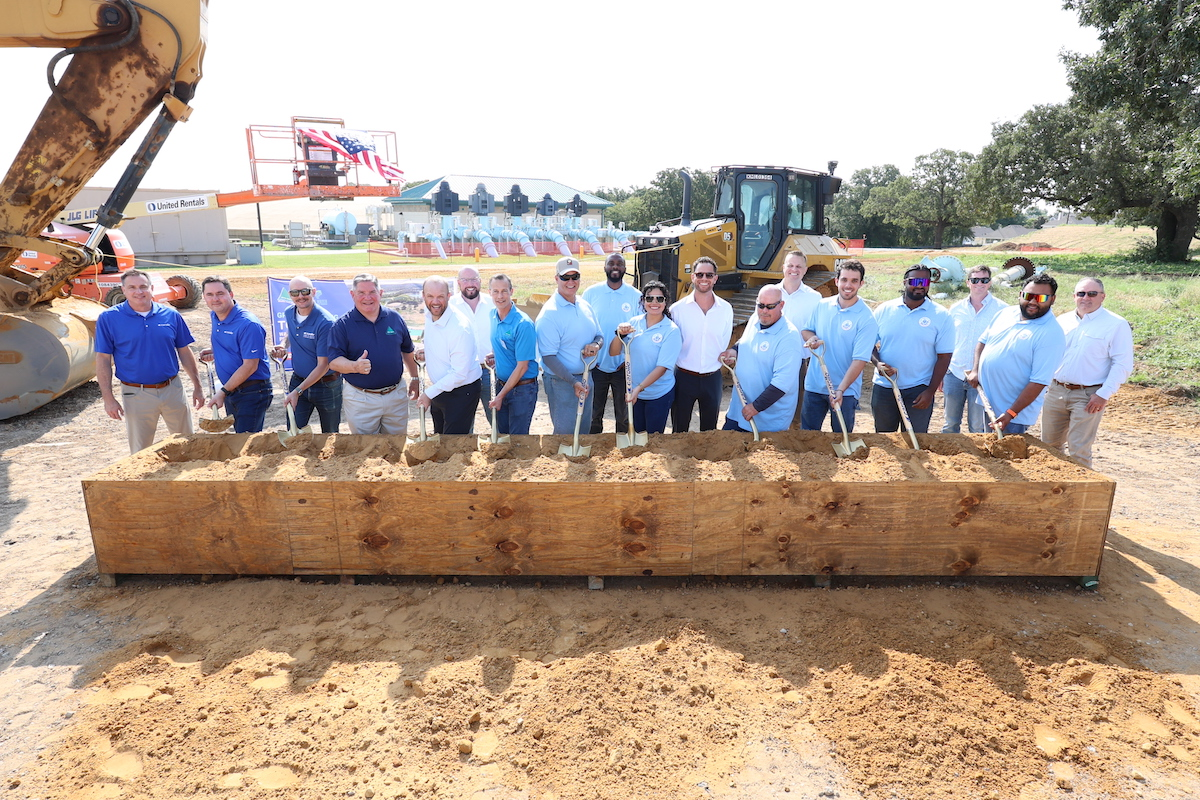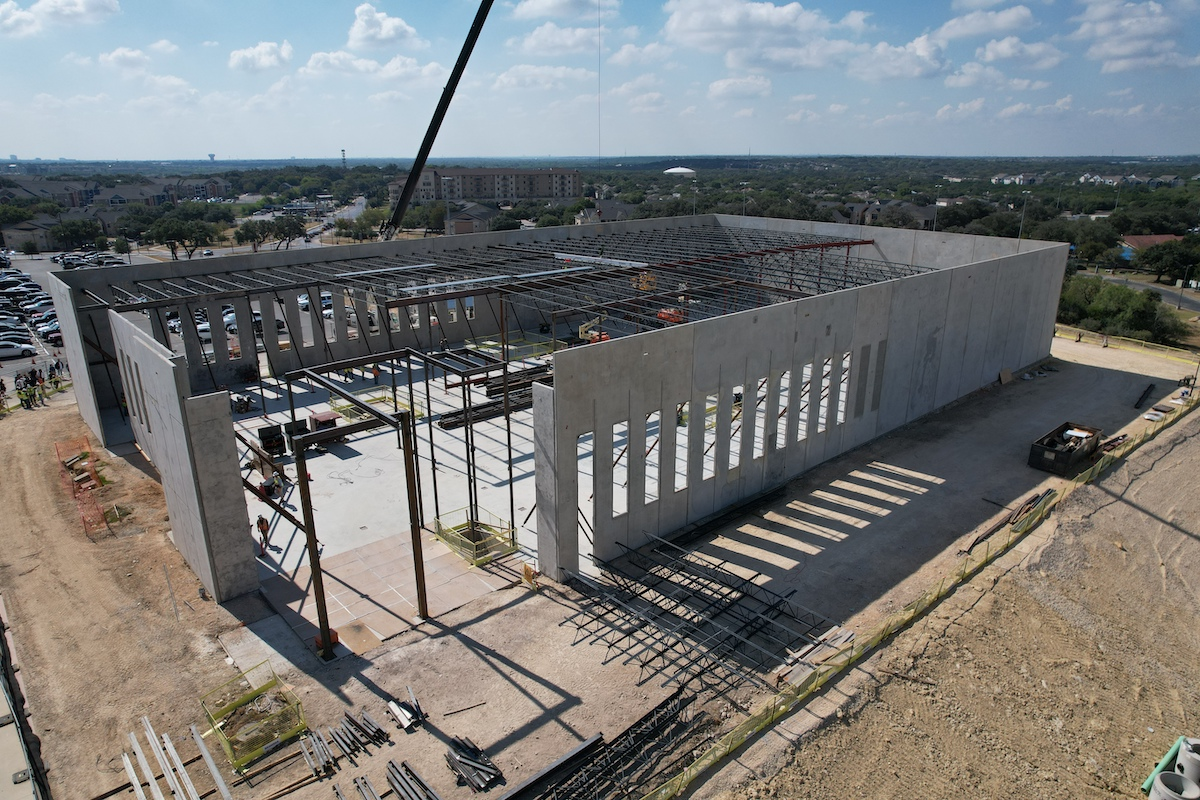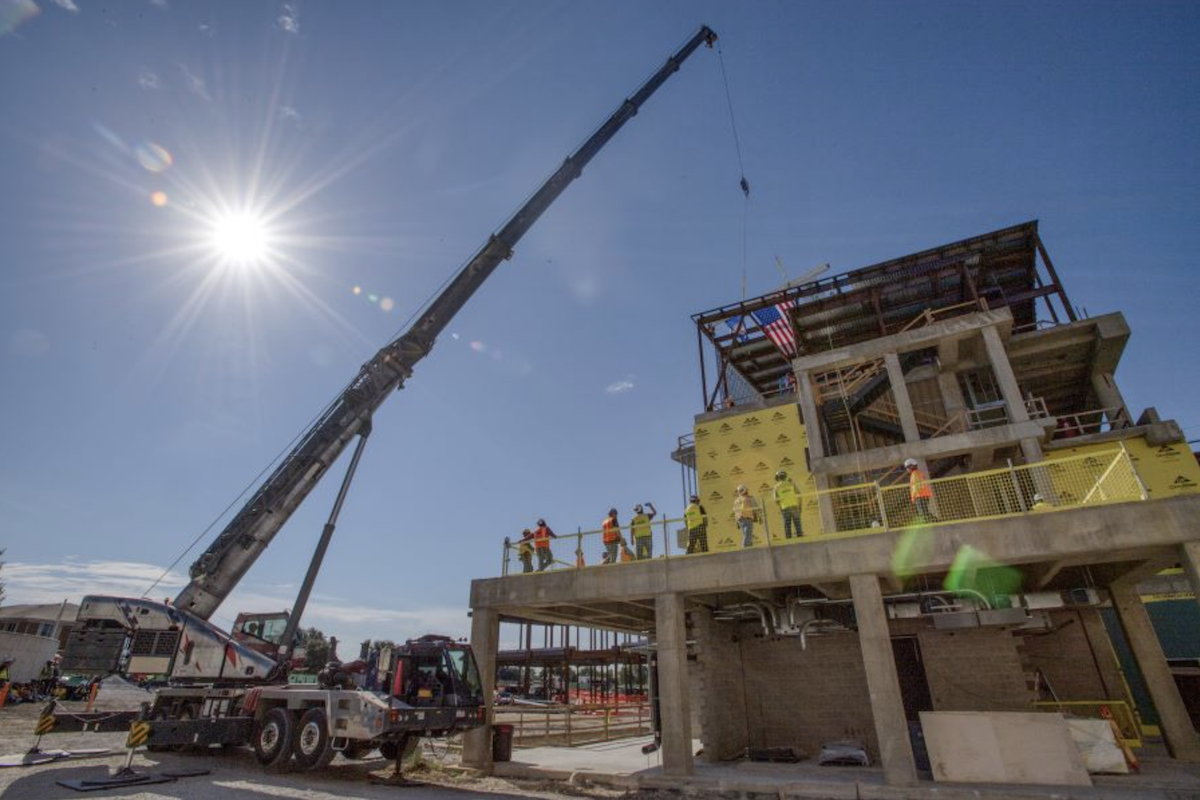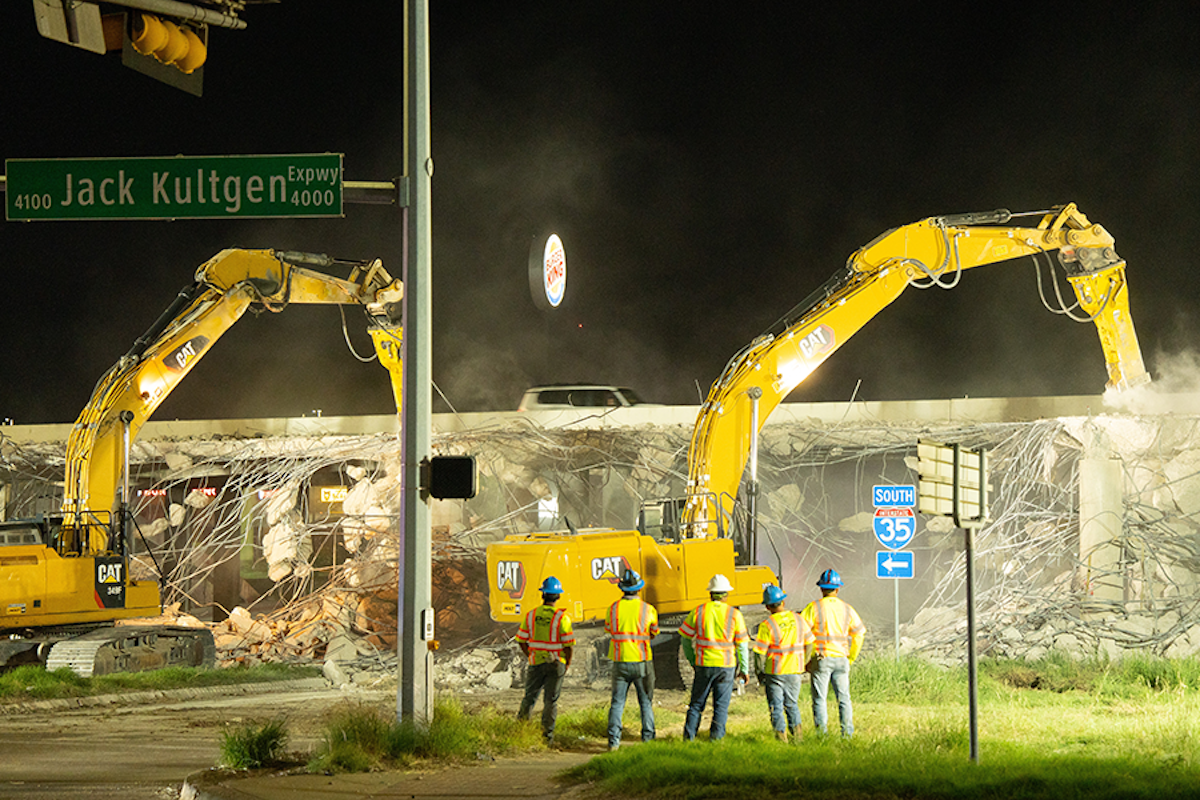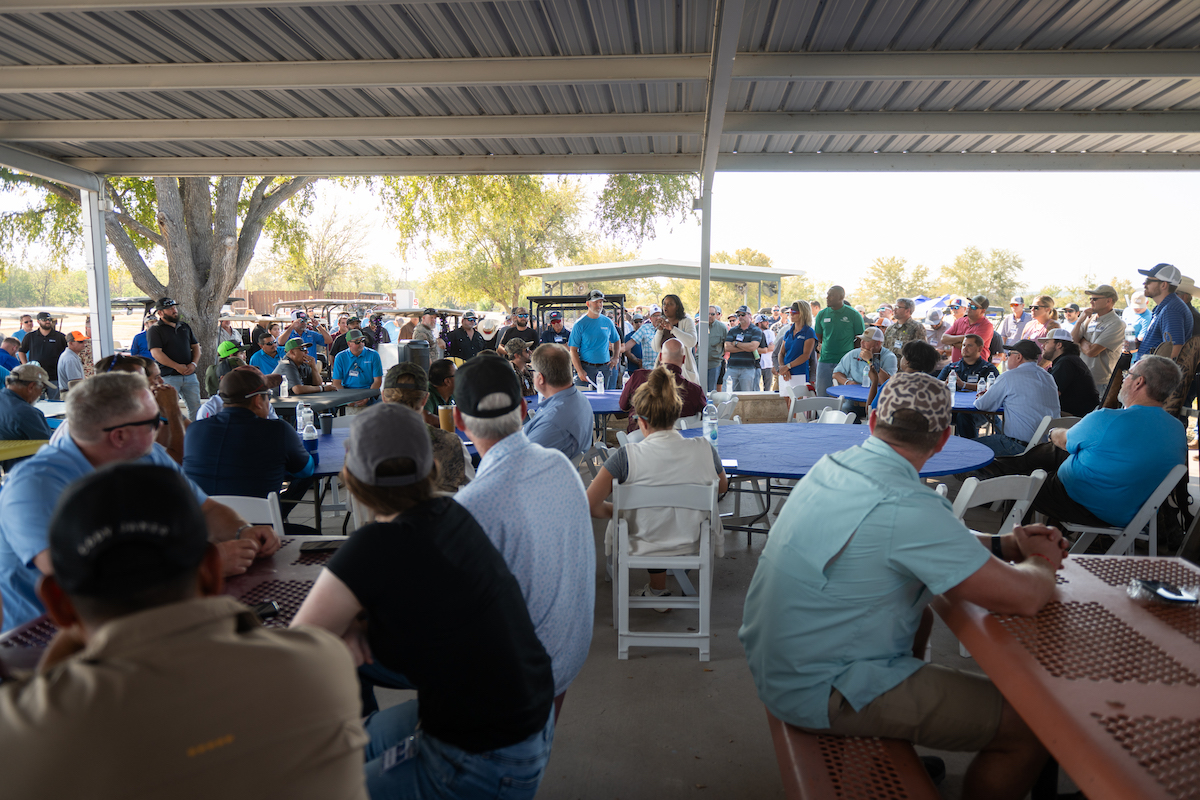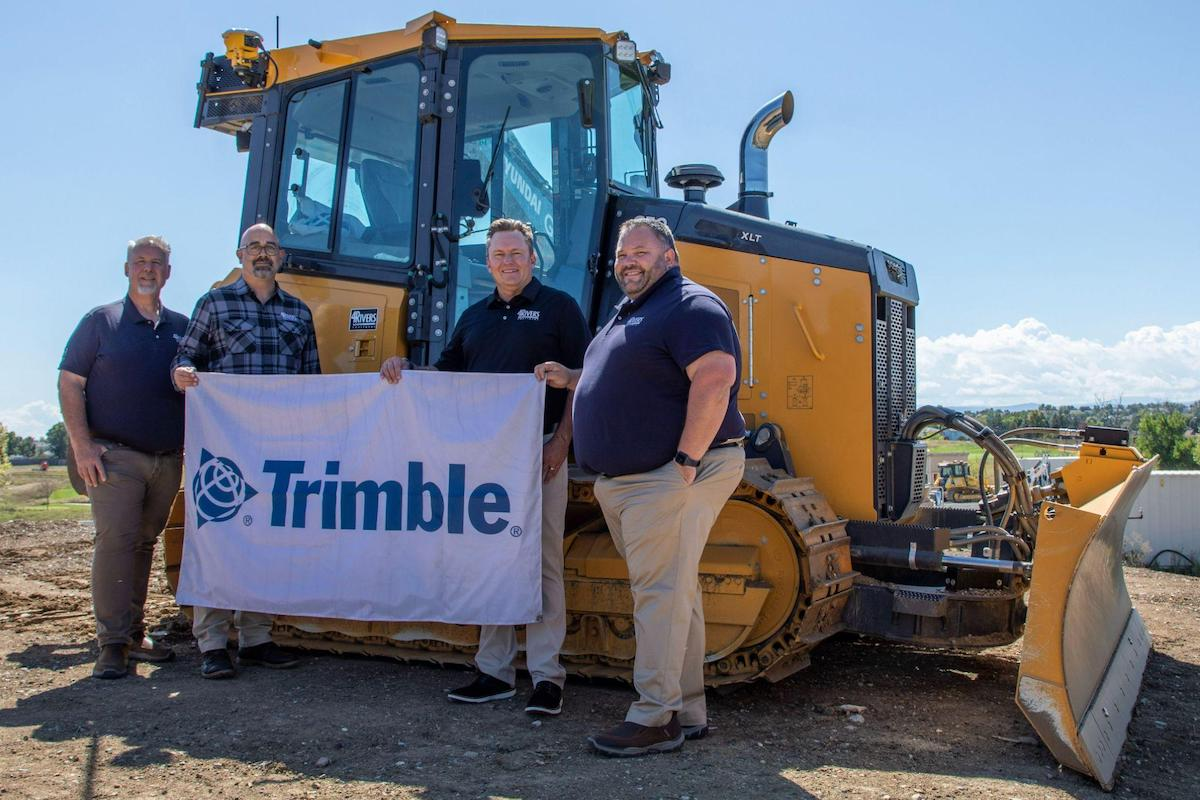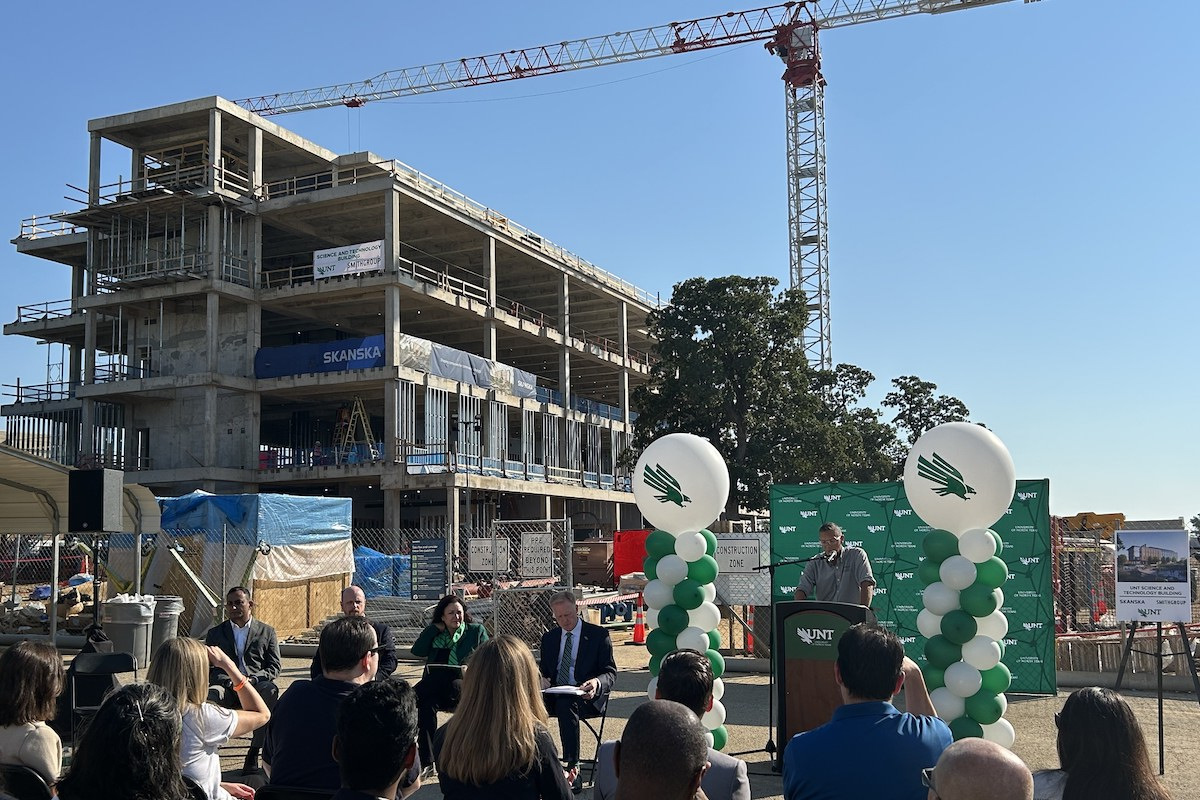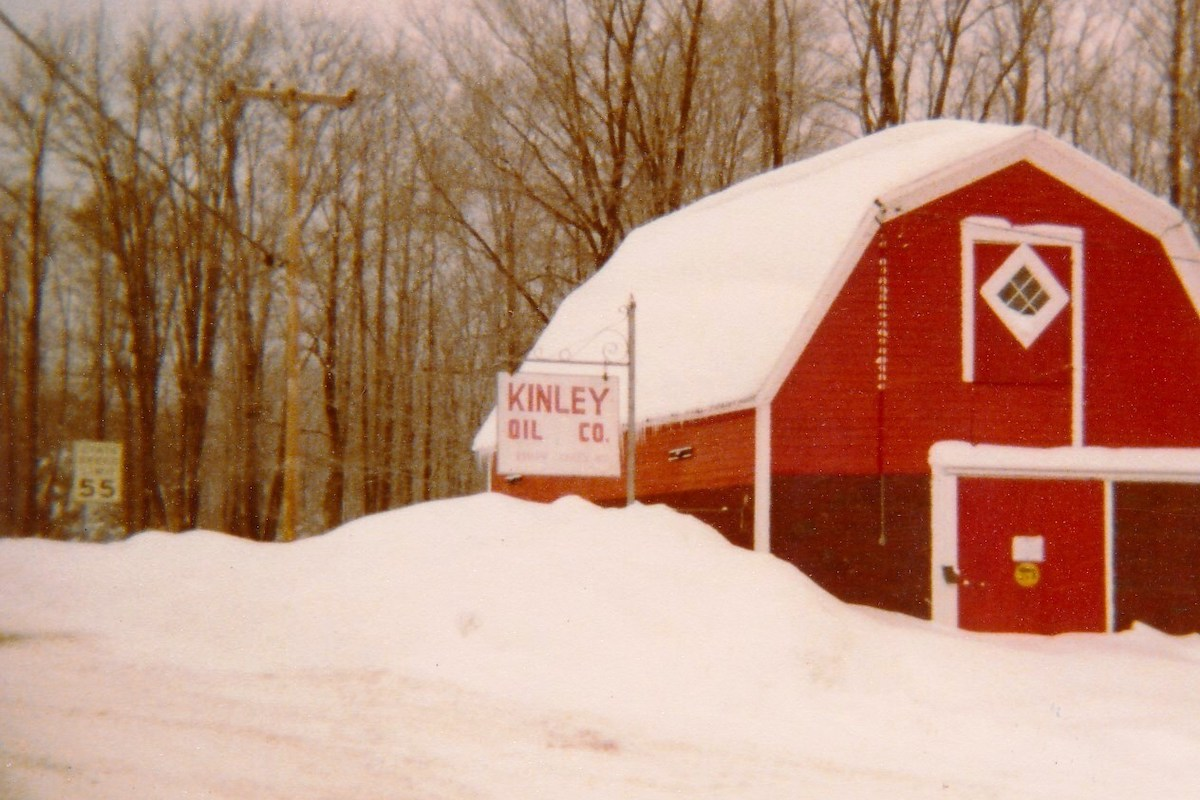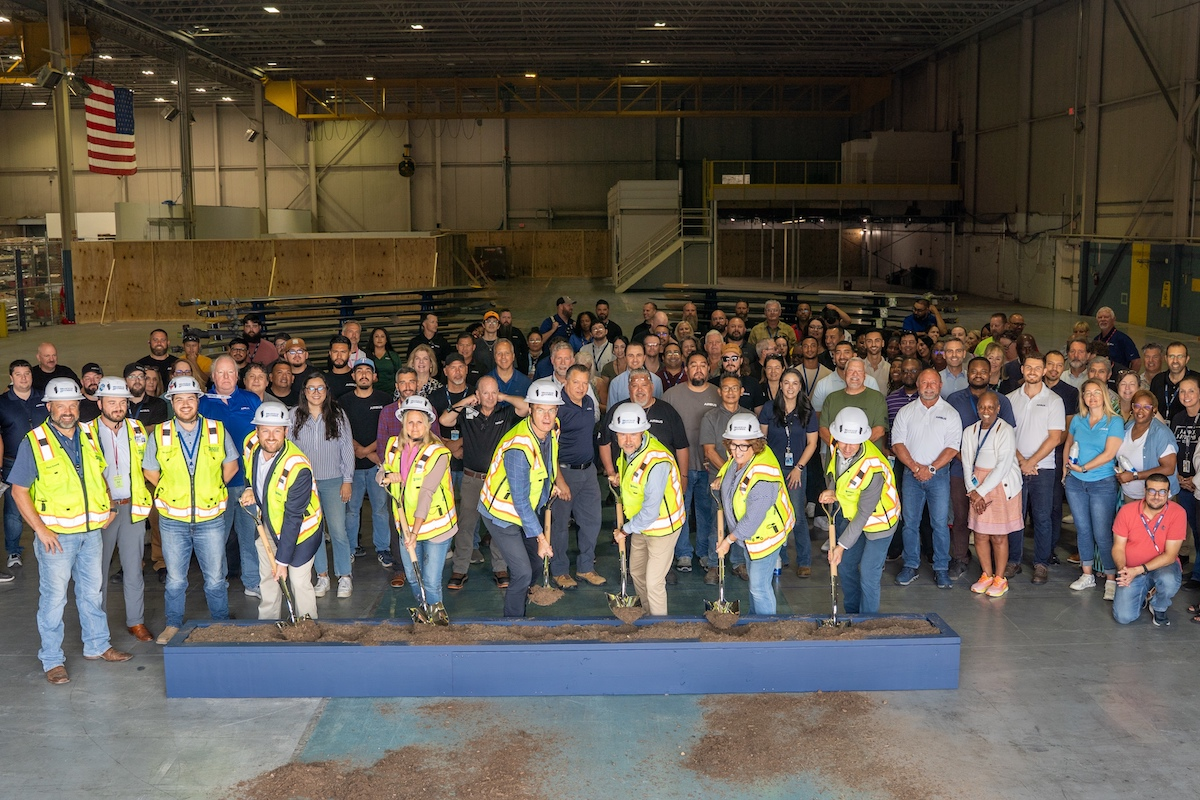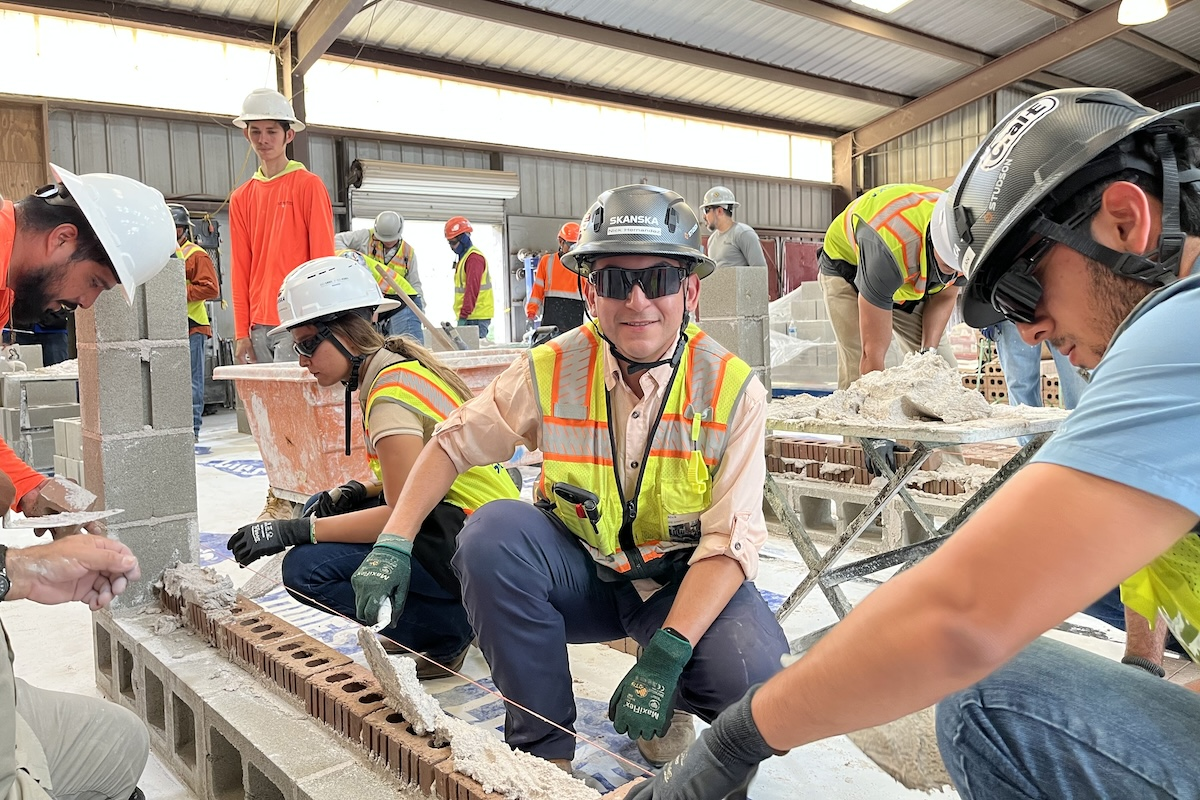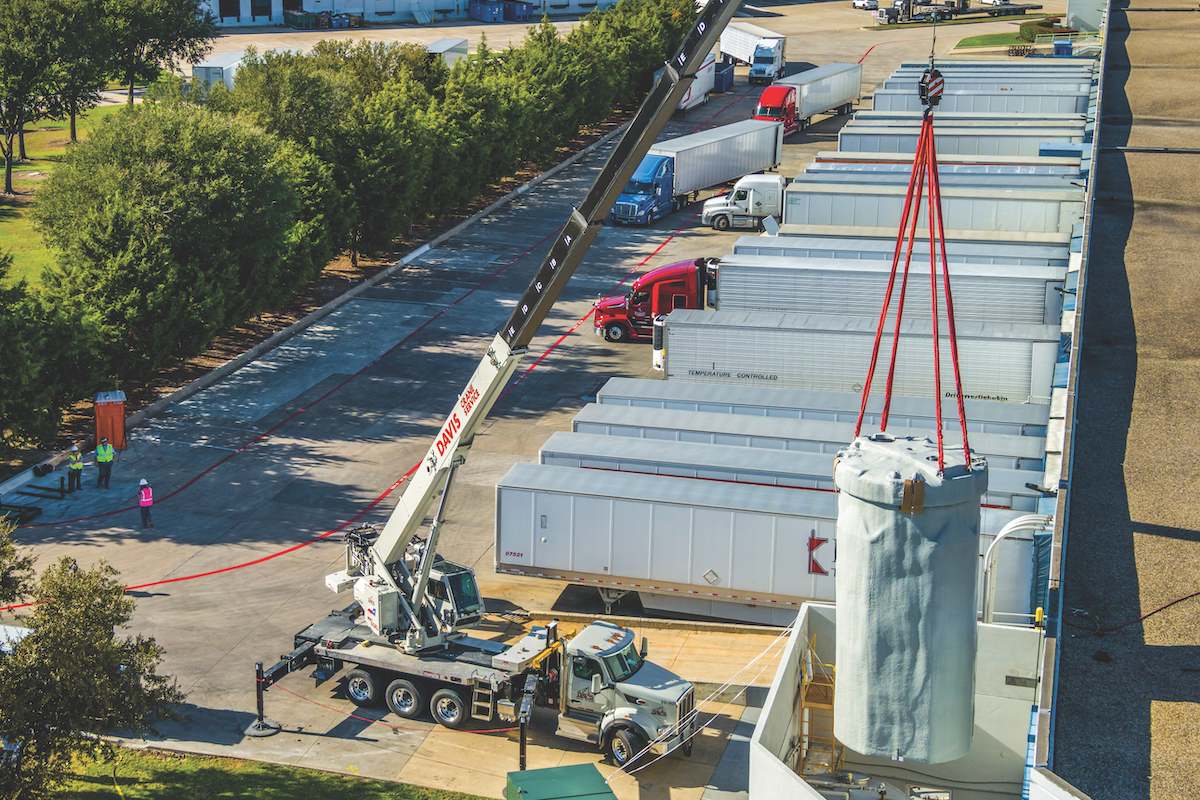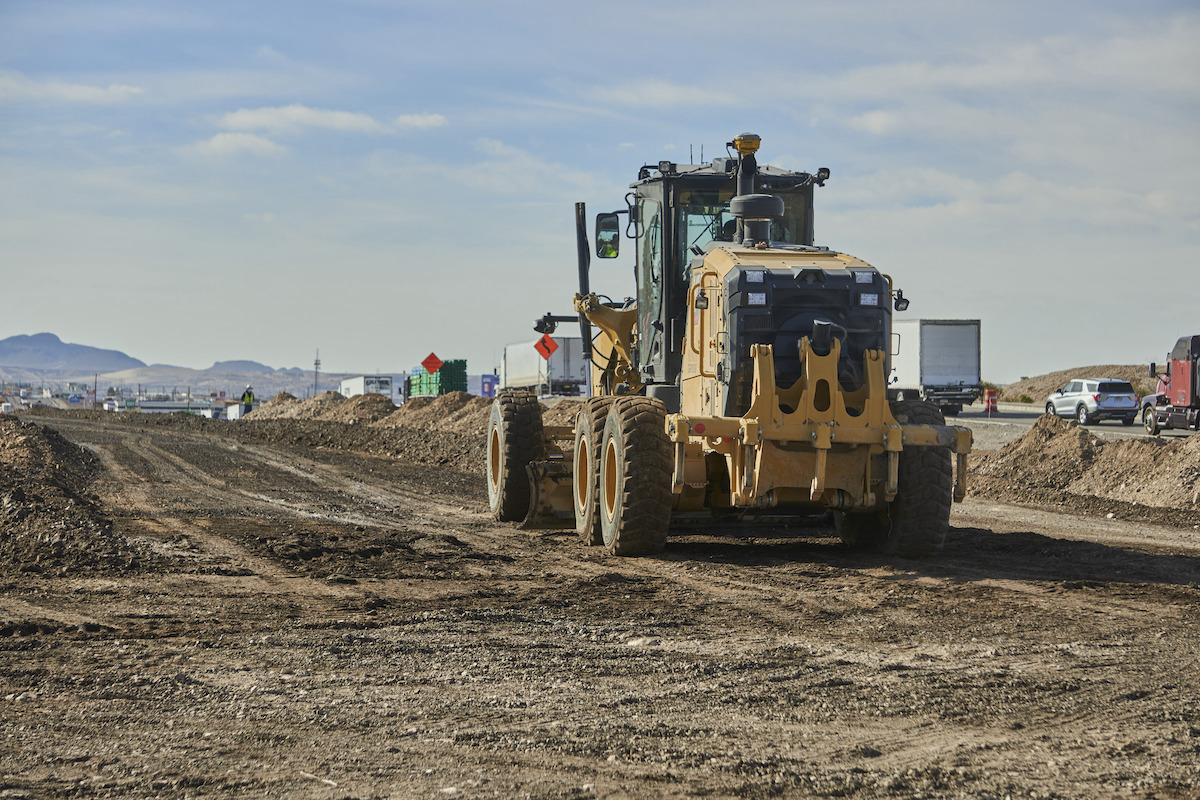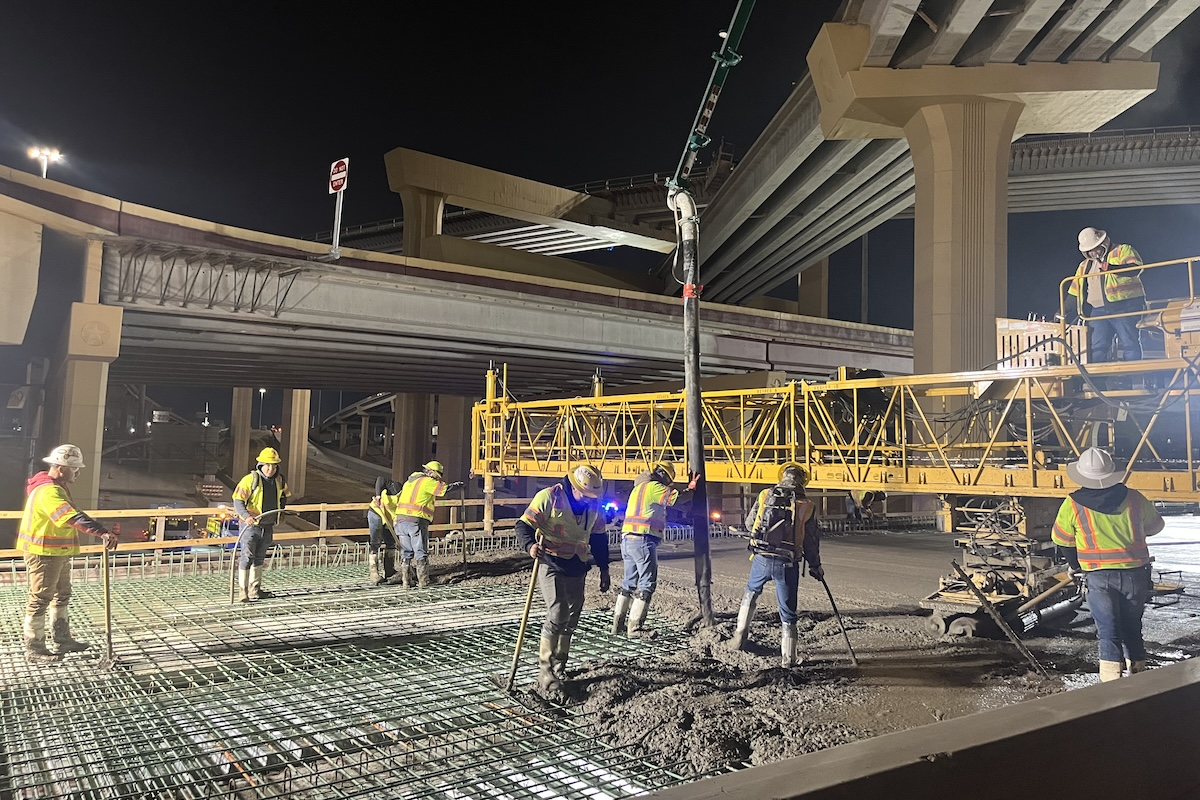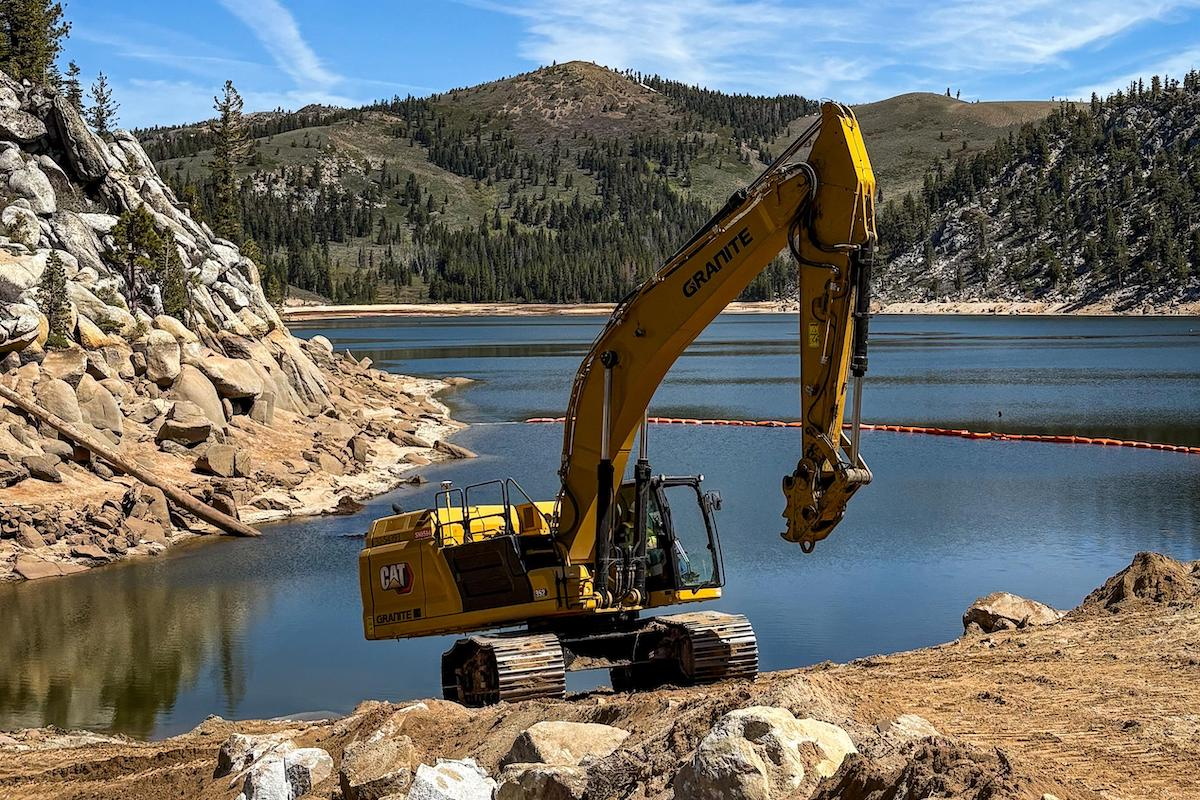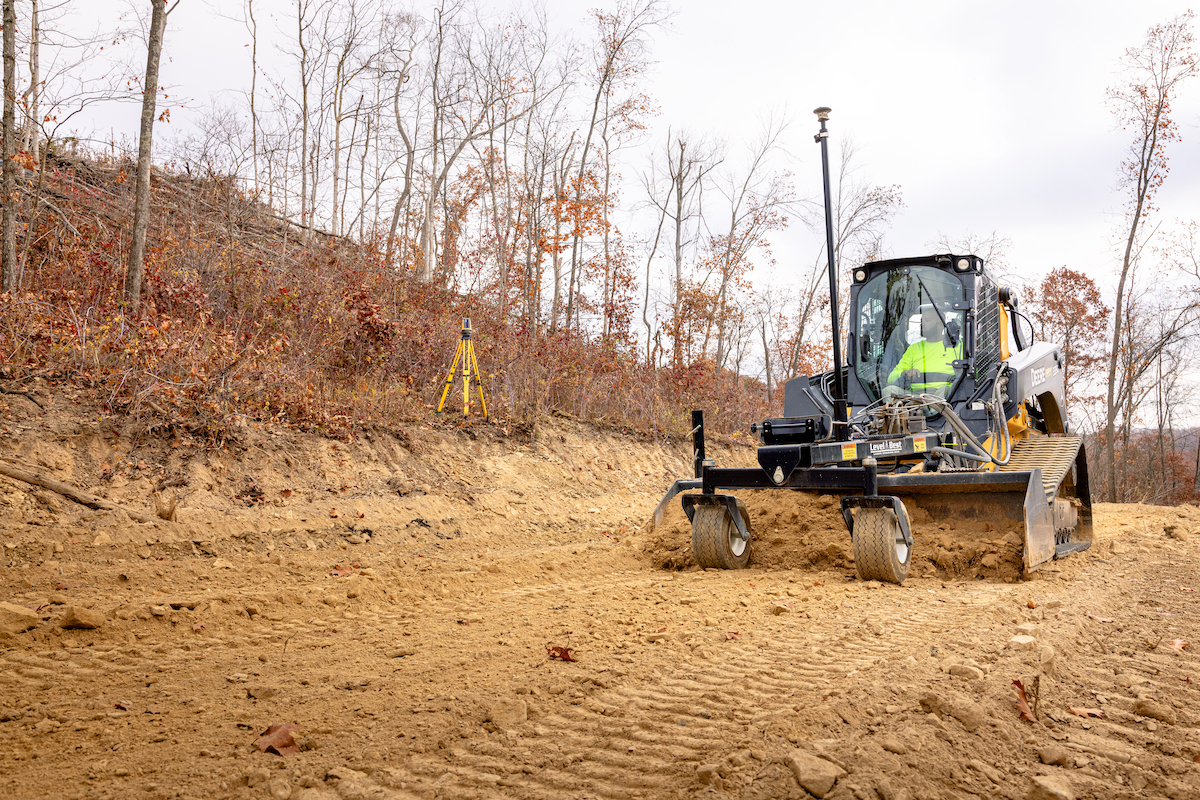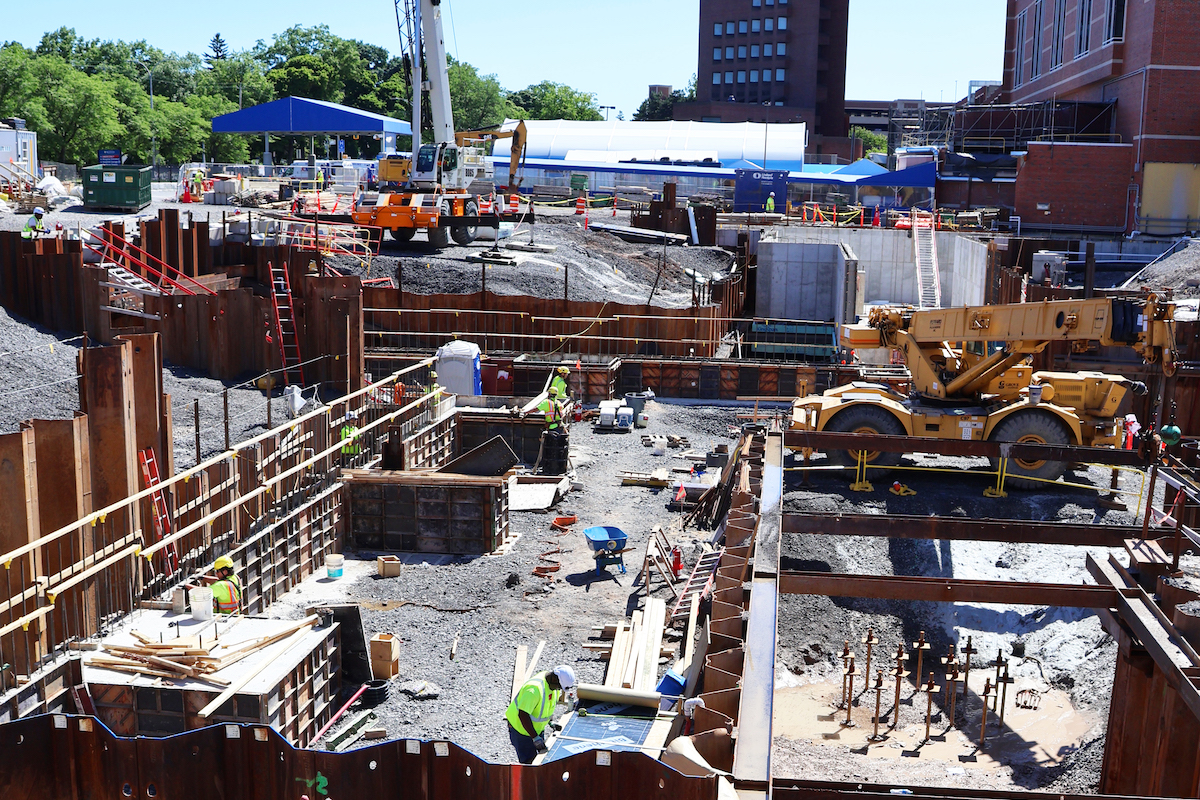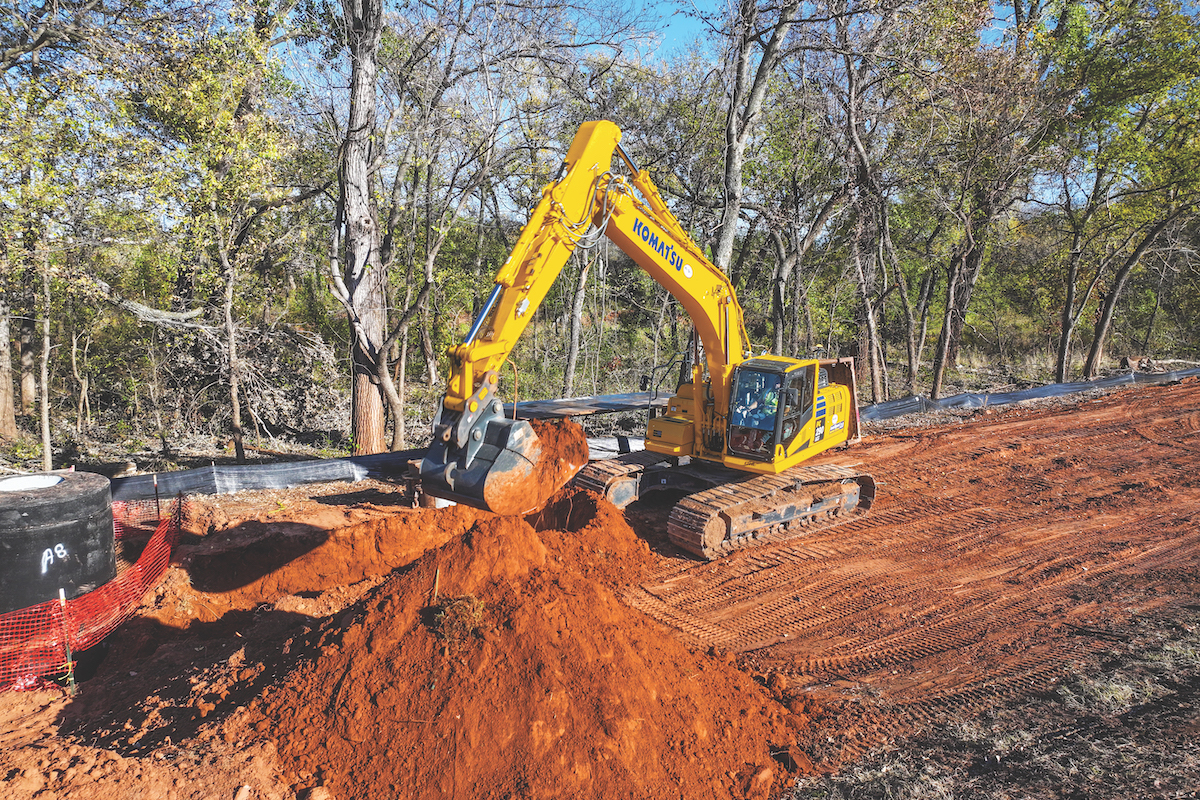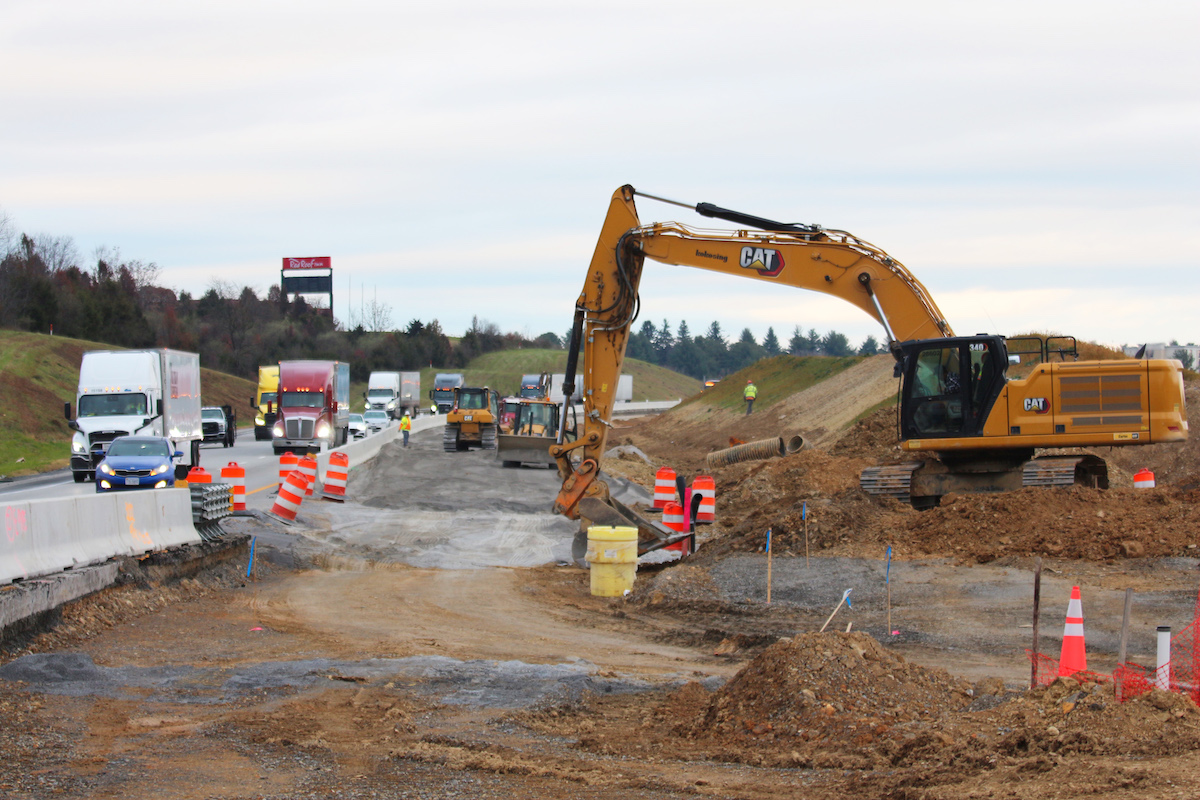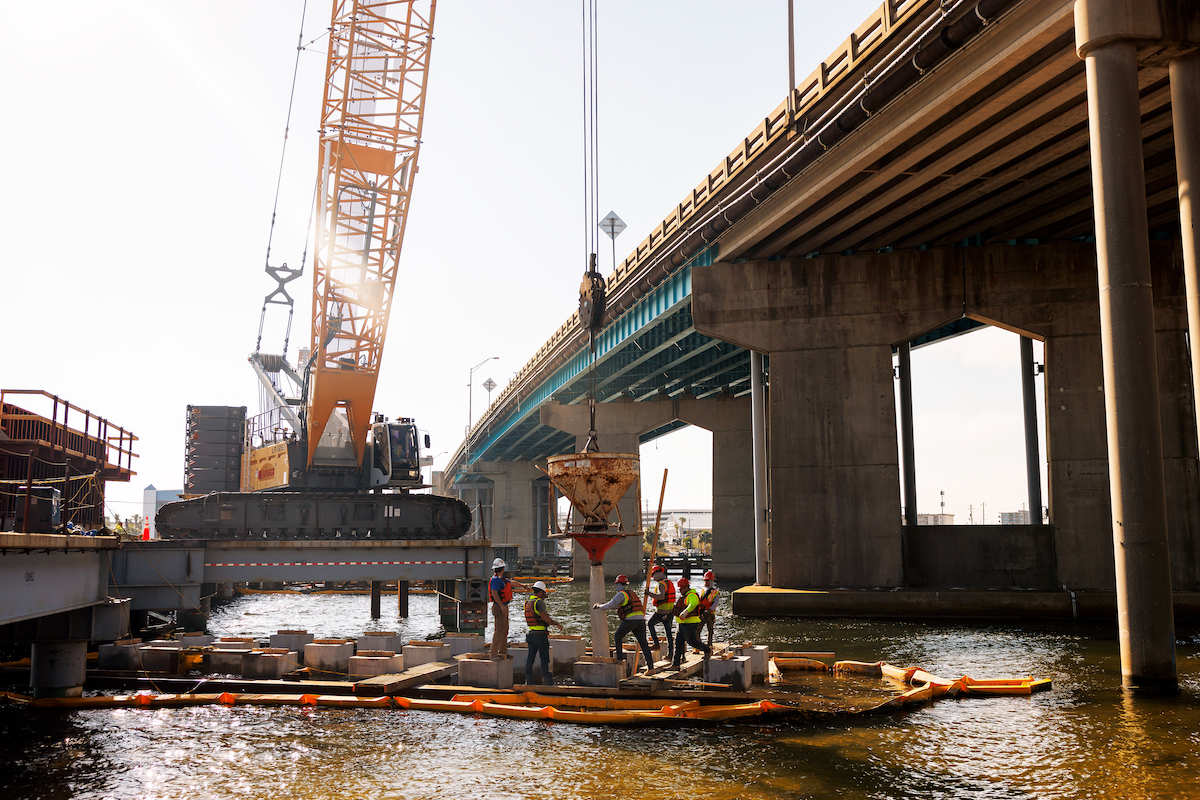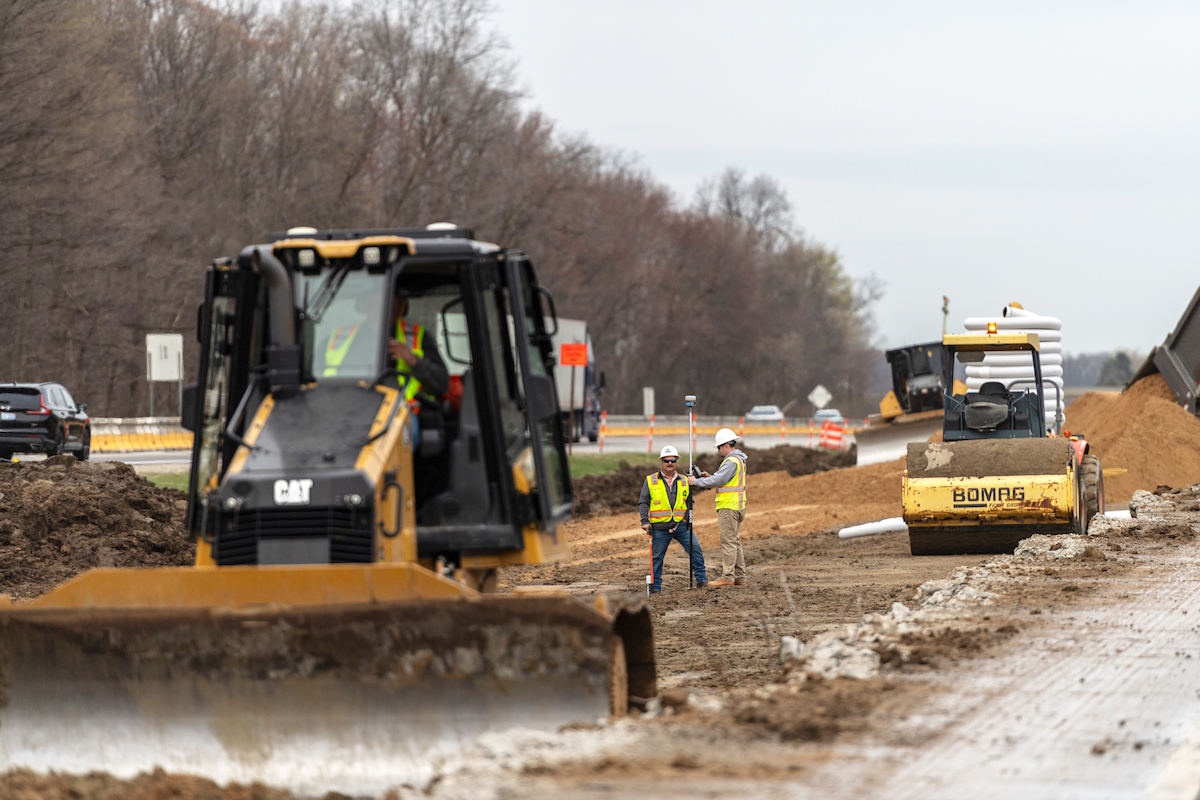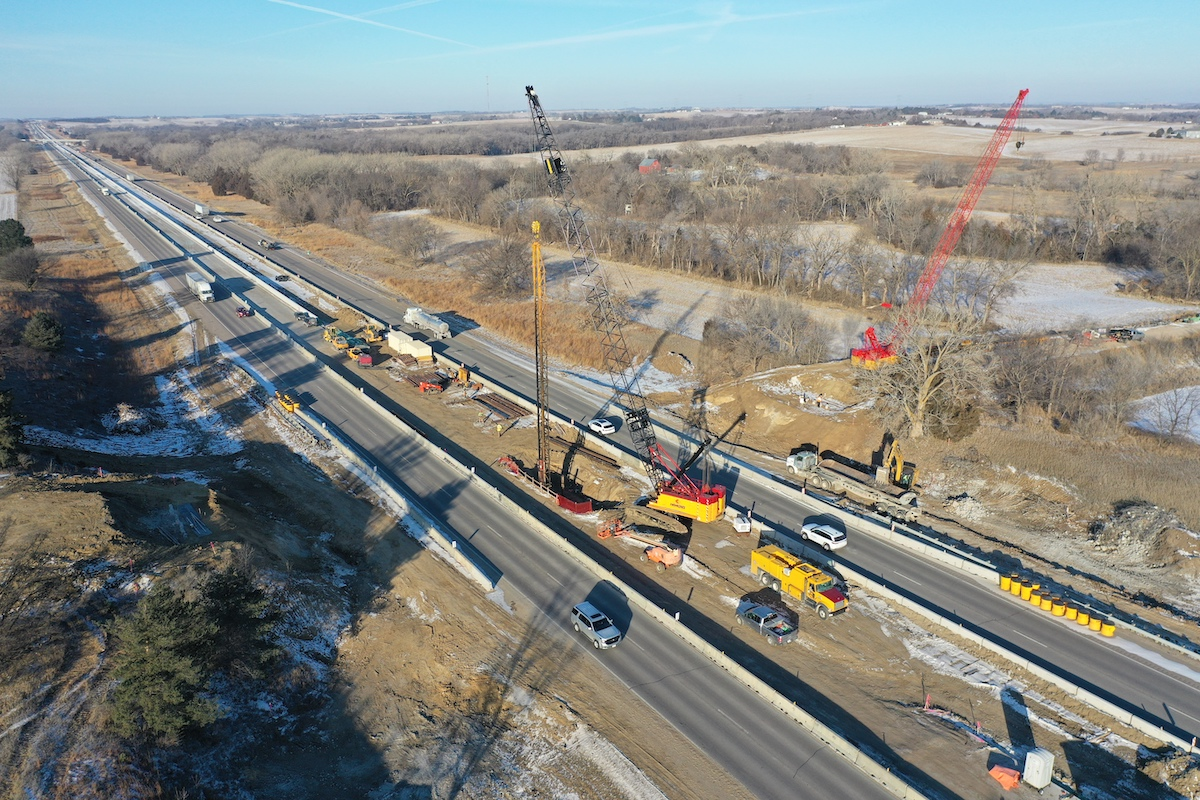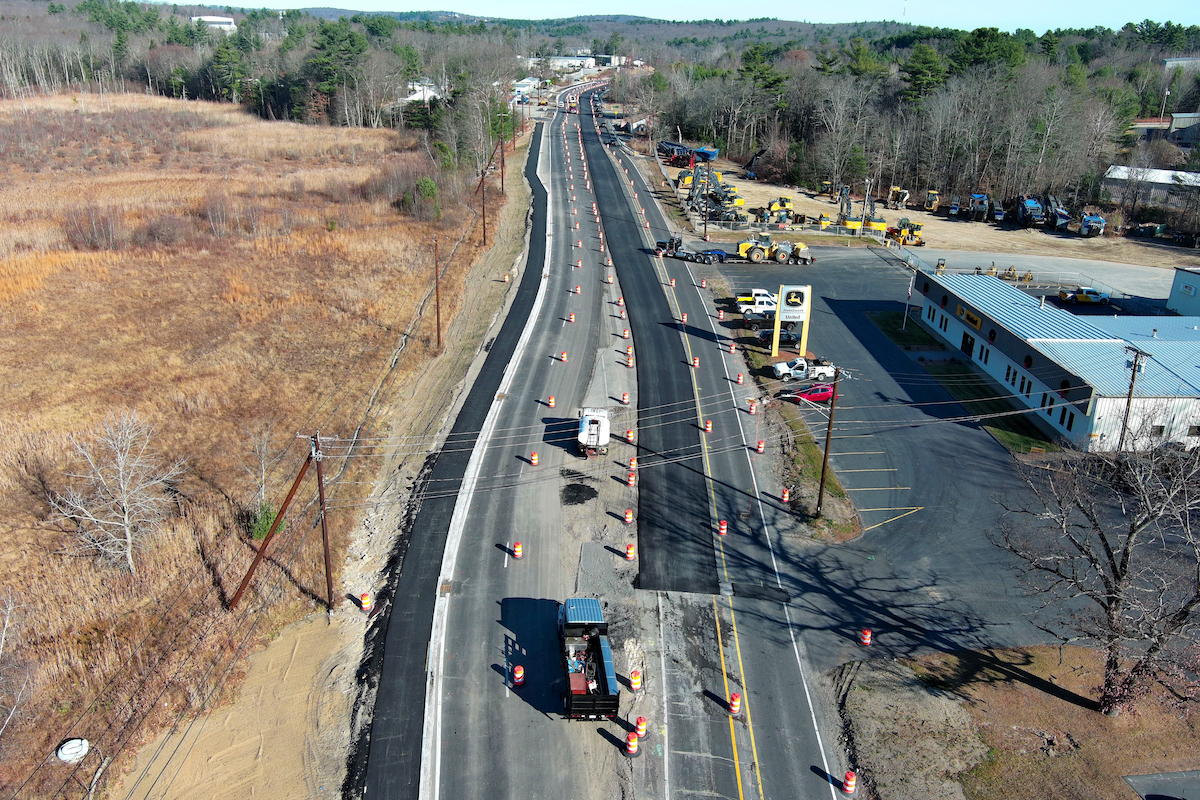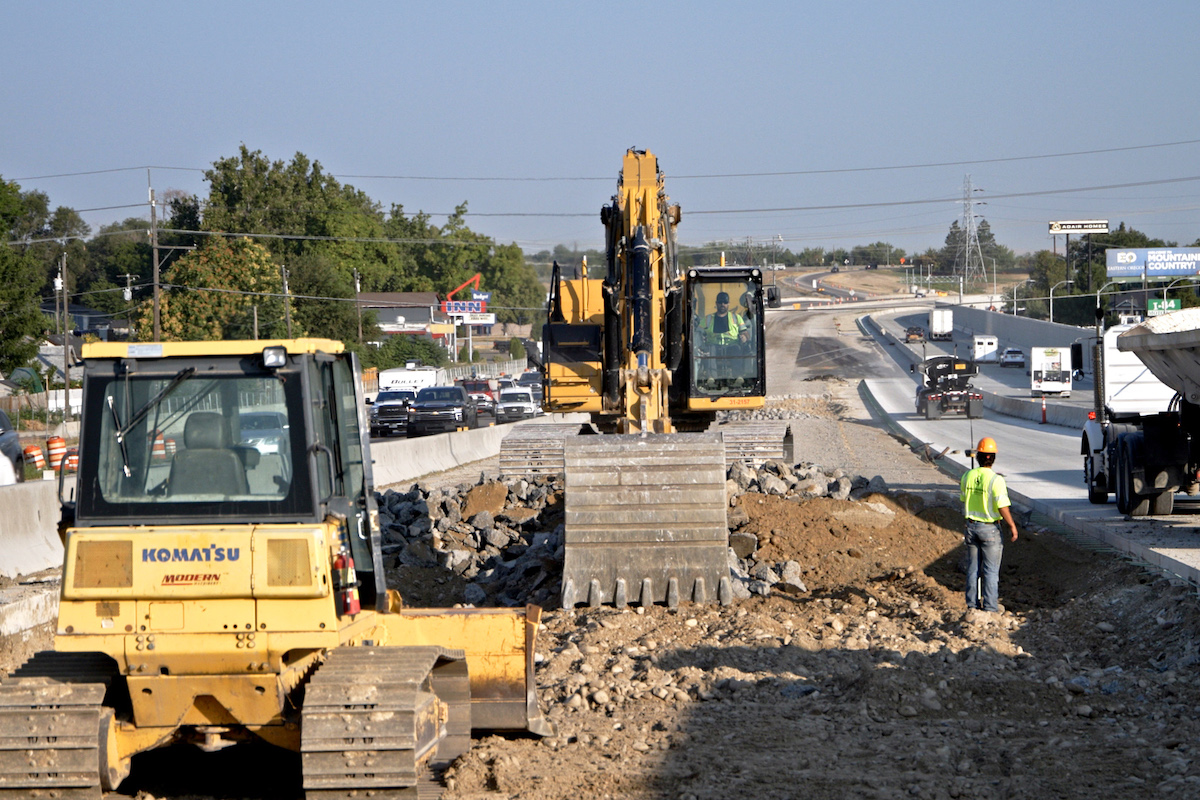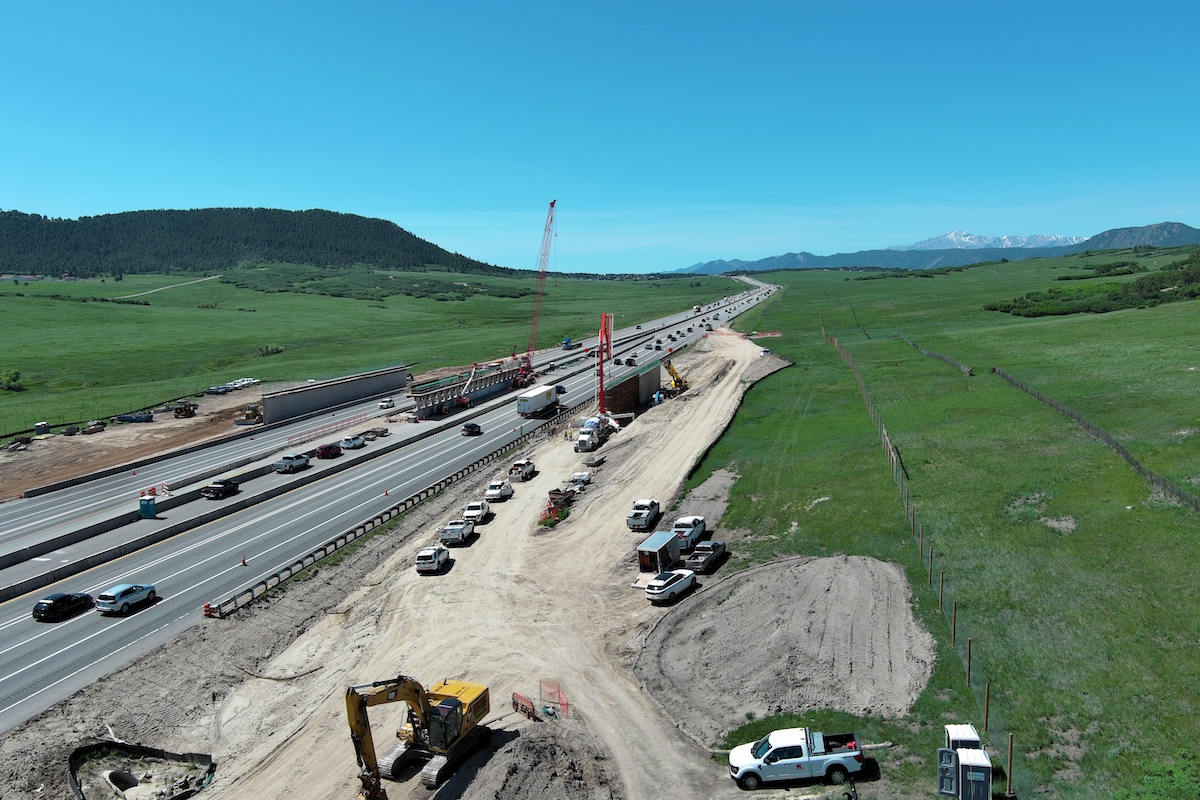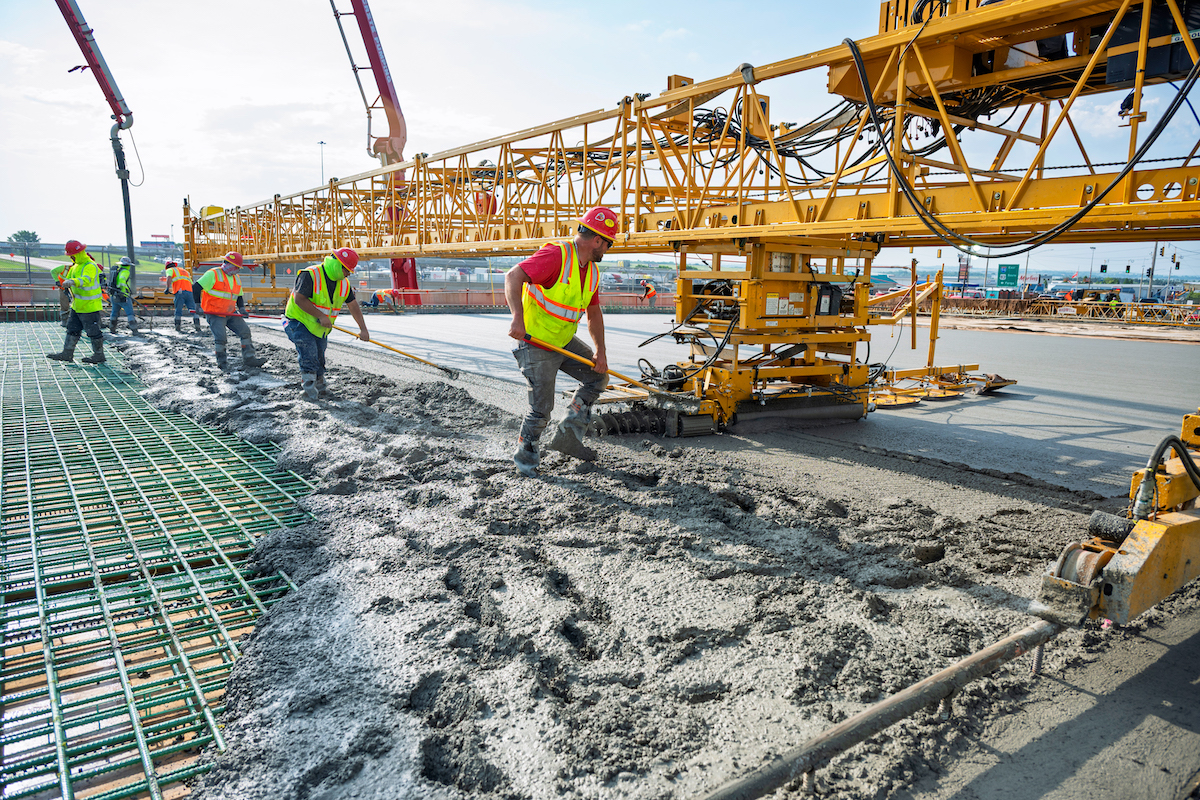Skid steers and compact track loaders (CTLs) are a familiar presence on nearly every job site — often serving in support roles like material transport, light grading, and post-task cleanup. But in a construction industry increasingly defined by lean crews, fast turnarounds, and escalating versatility demands, it's time to look beyond traditional expectations.
These machines are no longer just job site fillers. With advancements in hydraulic power, attachment compatibility, operator technologies, and overall design, modern skid steers and CTLs are stepping confidently into roles once held by larger or more specialized equipment. From trenching and milling to precision placement and below-grade digging, the compact equipment category is evolving into a frontline solution.
Forward-thinking contractors are leveraging the full potential of these machines — maximizing their fleets, closing labor gaps, and reshaping job site workflows with strategic, multifunctional tools. If the goal is doing more with less, compact equipment may already be the most underutilized asset on the job site.
Once considered best suited for smaller-scale tasks, skid steers and CTLs have found a vital role in large infrastructure and utility projects. Their compact footprint and agility allow them to operate in tight spaces — under bridges, alongside roadways, and within dense urban corridors — where full-sized equipment often struggles.
Enhanced hydraulic systems and universal couplers have expanded their potential dramatically. Machines from leading manufacturers now support hydraulic flow rates over 40 gallons per minute, making them powerful enough to run demanding attachments like cold planers, trenchers, backhoes, and stump grinders.

| Your local Stewart-Amos dealer |
|---|
| Closner Equipment Co Inc |
Picture it: A CTL with a cold planer milling patches on city streets too narrow for full-size mills. A skid steer outfitted with a trencher cutting utility lines along concrete medians where mobility is limited. On bridge rehabilitation projects, compact machines equipped with brooms and buckets helping remove debris without damaging finished surfaces.
In utility work, a single machine can trench, backfill, and compact without a pause in operations. On paving jobs, the ability to run planers or even curb-forming attachments eliminates delays and reduces the need for separate, specialized units.
Torque also plays a key role in enabling this versatility. While horsepower remains a familiar benchmark, torque directly influences a machine’s ability to push through dense material, power demanding attachments, and perform under load. Some OEMs have developed models delivering torque levels upward of 295 pound-foot — translating to better breakout force, more productive ground engagement, and stronger overall job site performance.
Tasks such as dozing gravel, loading wet clay, or powering high-demand attachments put a premium on consistent pushing power rather than just top-end speed. In these cases, high torque output becomes a critical asset, allowing compact machines to maintain productivity and responsiveness across variable terrain and material types.

| Your local Sennebogen LLC dealer |
|---|
| ASCO Equipment |
| WPI |
For fleet managers and project leads, compact equipment versatility delivers measurable return on investment. With one machine performing multiple roles, crews can reduce equipment counts on-site, cut transport and idle time, and maximize labor efficiency. In this way, compact equipment is not only a space-saving solution, but a strategic investment in project agility and resource allocation.
Modern compact equipment incorporates technologies that improve job site precision, boost productivity, and enhance the operator’s experience. Features like electro-hydraulic controls, return-to-dig automation, and load stabilization help operators achieve faster cycle times and greater accuracy — critical benefits for tasks such as grading, trenching, or fine material placement.
Additionally, innovations like touchscreen displays, intuitive joystick controls, and operator-assist functions make these machines easier to use. Combined with enhanced visibility, climate-controlled cabs, and ergonomic seating, these updates reduce operator fatigue and support long shifts.
These features are especially important as contractors navigate labor shortages. Machines designed with simplified operation and customizable settings help less-experienced operators become productive more quickly, while offering experienced crew members a more comfortable, efficient environment.

| Your local Wirtgen America dealer |
|---|
| Kirby-Smith Machinery |
| Nueces Power Equipment |
Forward-thinking OEMs are also integrating single-arm boom designs and side-door entry, which improve both safety and comfort. These features enhance visibility from the cab — especially important when operating in congested or high-traffic zones — and provide safer entry and exit, reducing the risk of slips and falls when climbing in or out of the machine.
Telematics solutions further support job site efficiency by allowing fleet managers to remotely track machine utilization, schedule maintenance, and monitor performance. Together, these tools extend equipment life, reduce downtime, and keep projects on schedule.
When it comes to a project’s or business's bottom line, these technologies translate into clear, actionable benefits. Real-time diagnostics and usage data enable preventative maintenance strategies that reduce unplanned downtime and extend equipment life. User-friendly controls and automation features shorten operator learning curves and allow more consistent performance across varying skill levels.
Altogether, these advancements contribute to smoother operations, improved labor allocation, and higher job site output — making today’s compact machine technologies a practical driver of both uptime and profitability.

| Your local Gradall Industries dealer |
|---|
| Kirby-Smith Machinery |
| ASCO Equipment |
| WPI |
Building on the momentum of hydraulic and technological advancements, the latest generation of skid steers and CTLs has reached a new threshold of job site functionality. These machines now offer capabilities once exclusive to larger, more specialized equipment — delivered in a compact, maneuverable format suited to modern construction demands.
Leading this evolution are models equipped with telescopic booms that combine vertical lift, extended forward reach, and below-grade digging capabilities. With the ability to reach up to 8 feet forward, lift more than 3,600 pounds, and dig 3 feet below grade, these machines are redefining compact equipment performance.
Among these capabilities, below-grade digging stands out. Traditional skid steers and CTLs are confined to surface-level tasks, often requiring a mini excavator for even shallow excavation. Telescopic boom models remove that limitation, enabling a single machine to tackle trenching, utility installation, and footing cleanup — all without switching equipment. This functionality not only saves time and simplifies logistics but also frees up other machines for concurrent work.
Telescopic compact machines also reduce the need for repositioning, thanks to their extended reach. Operators can load trucks from one side, place materials over obstacles, and work on slopes from stable ground. The result is faster task execution, less site disruption, and greater efficiency in confined or sensitive work zones.

| Your local Case Construction Equipment Inc dealer |
|---|
| Nueces Power Equipment |
| ASCO Equipment |
Design refinements such as low-profile frames and agile handling further enhance access to restricted spaces. Whether unloading pallets in tight corridors or maneuvering around barriers, these machines provide both reach and precision in complex environments.
By combining these functions into a single platform, contractors can significantly reduce machine counts, simplify operator training, and streamline transport and maintenance. One machine capable of replacing three translates into reduced overhead and improved asset utilization — delivering a powerful opportunity to do more with less, and to do it better for those prioritizing speed, adaptability, and return on investment.
Contractors today face the ongoing challenge of balancing tight timelines, fewer skilled workers, and rising operational costs. In this environment, every machine on the job site must justify its presence — not just in terms of its individual function, but its broader impact on crew efficiency, project flow, and the bottom line.
Compact machines, when chosen strategically, are uniquely positioned to meet these demands. A single operator using a machine with the right combination of torque, hydraulic power, and attachment compatibility can complete a wide array of tasks without swapping out equipment or calling in extra help. Whether grading, trenching, backfilling, or lifting, the ability to do more with fewer machines streamlines workflows and reduces downtime.

| Your local Liebherr Construction Eq dealer |
|---|
| Nueces Power Equipment |
Making every machine count begins with selecting models that support this level of flexibility. Telescopic booms, single-arm designs, side-door access, and integrated control systems are no longer niche features; they are productivity enablers that support smaller crews, faster transitions, and safer operation. For contractors managing multiple active sites, fewer pieces of more capable equipment can translate to faster ROI and greater scheduling agility.
Ultimately, success comes down to making smarter equipment choices. For today’s contractors, that means evaluating not just what a machine can do in isolation, but how it supports broader project goals — from reducing downtime and labor demand to enhancing flexibility across multiple job phases. By investing in compact machines with multifunctional capabilities and operator-focused design, construction leaders can streamline operations, improve crew utilization, and make every machine a contributor to the bottom line.
Lee Tice is a Product Manager for JCB North America.

